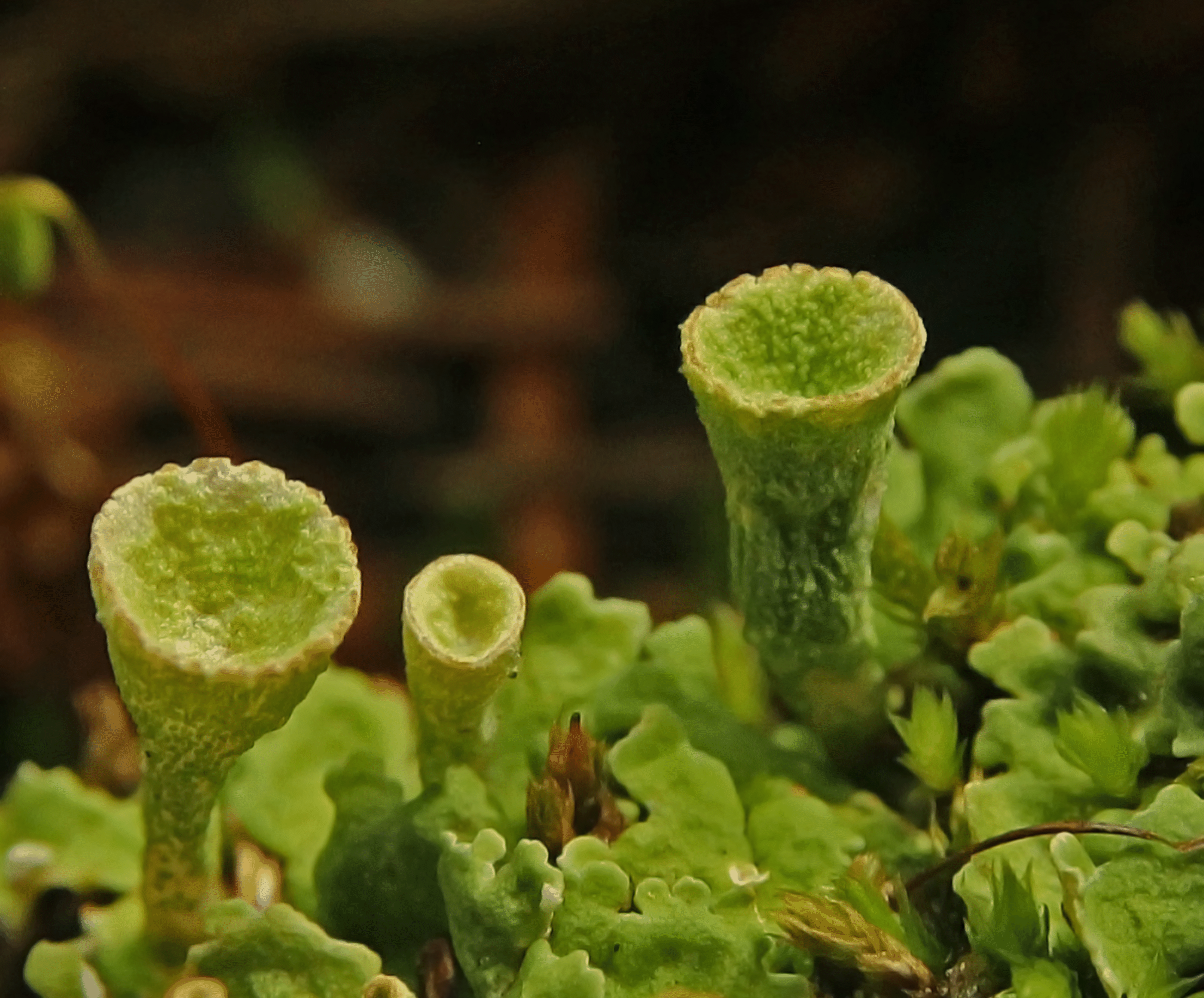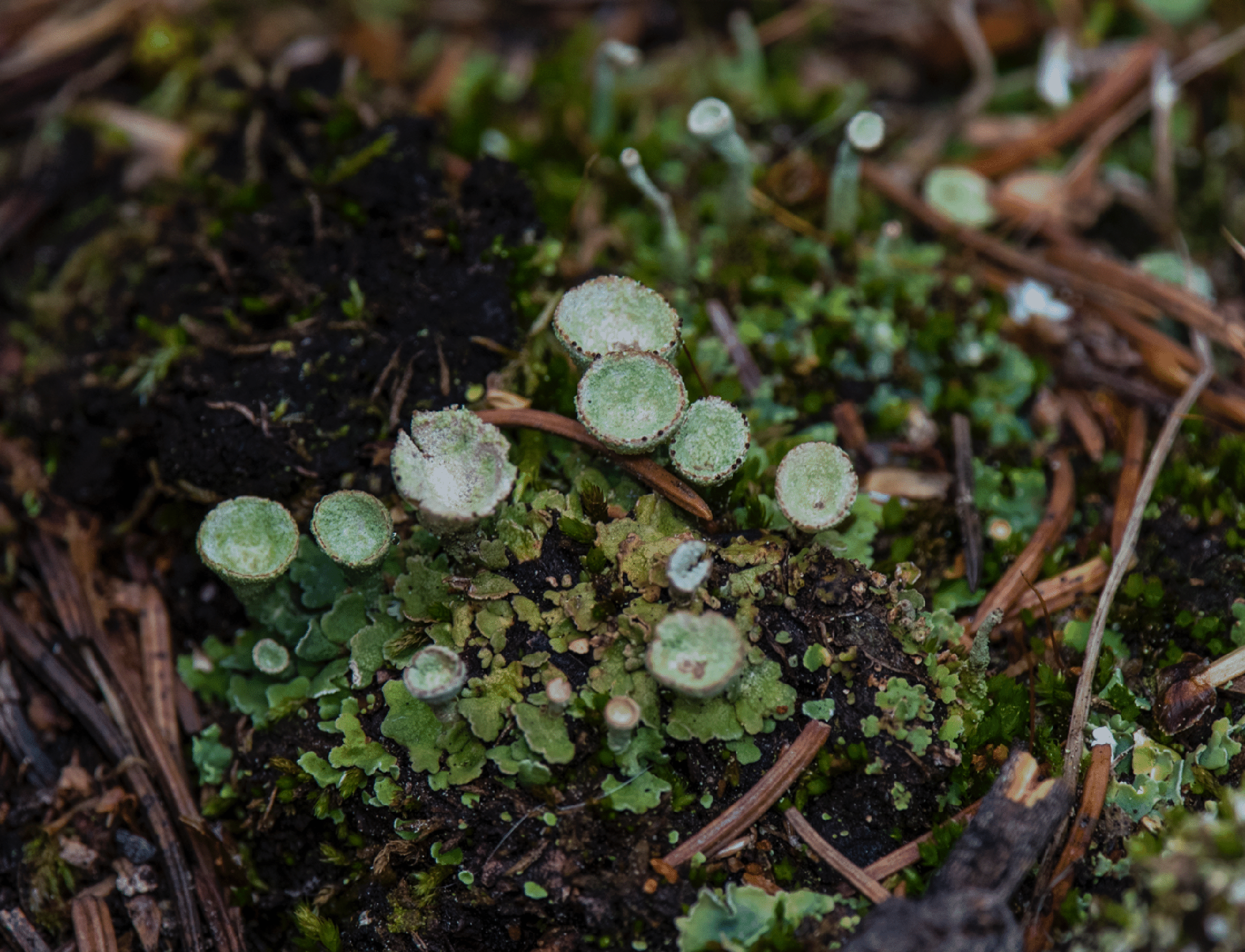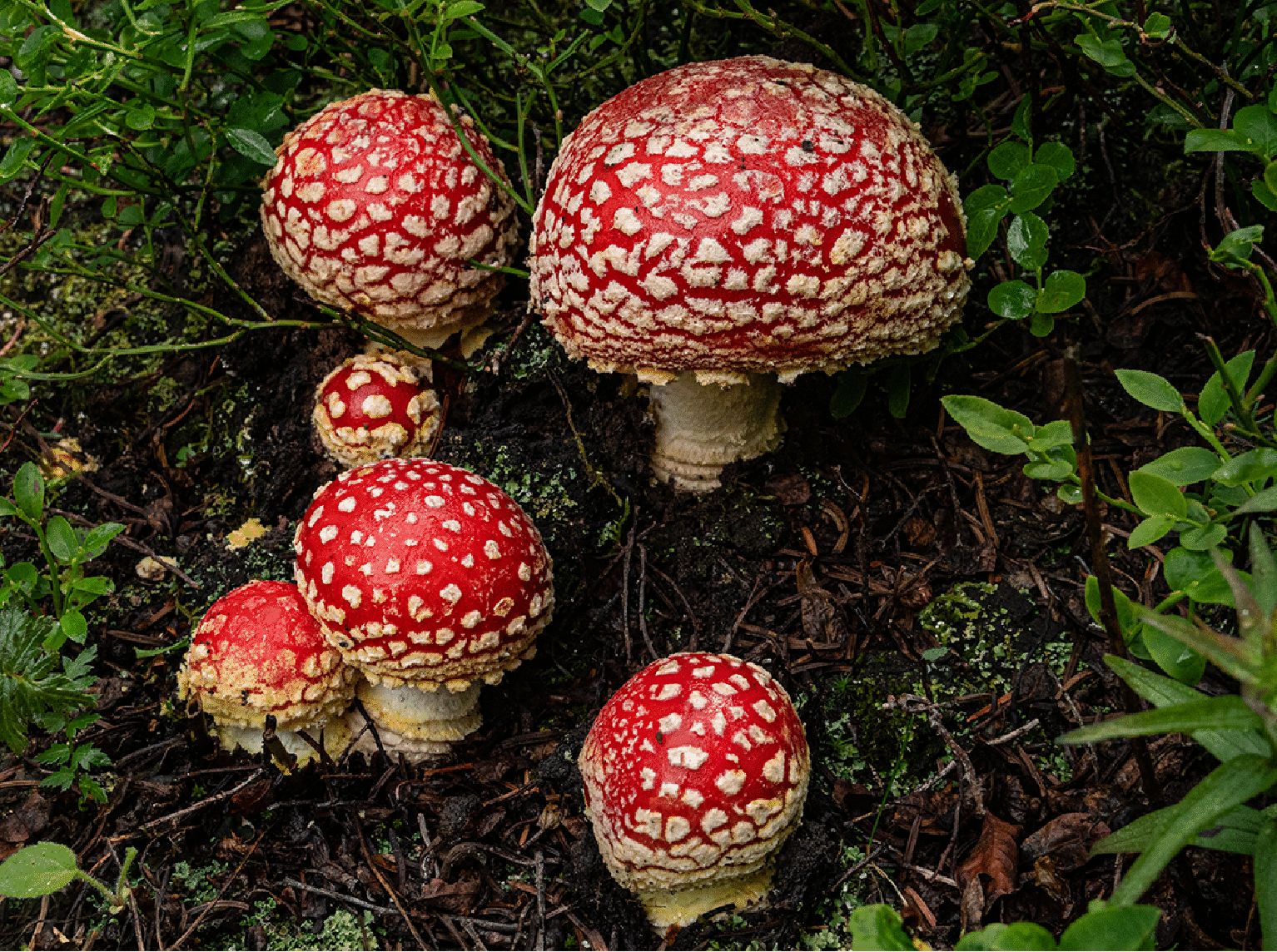
Others: Leccinum, Amanita muscaria, Cantharellus cibarius, Agaricus campestris, Gyromitra esculens, Pholiota squarrosa, Calvatia booniana, Hydnum imbricatus, Russula emetica, Pleurotis ostreatus, Armillaria ostoyae, Neolentinus ponderosum, Clavariadelphus truncatus, Microstoma protractum, Hygrophorus subalpinus, Cladonia chlorophaea, Morchella
Amanita muscaria (Fly agaric):

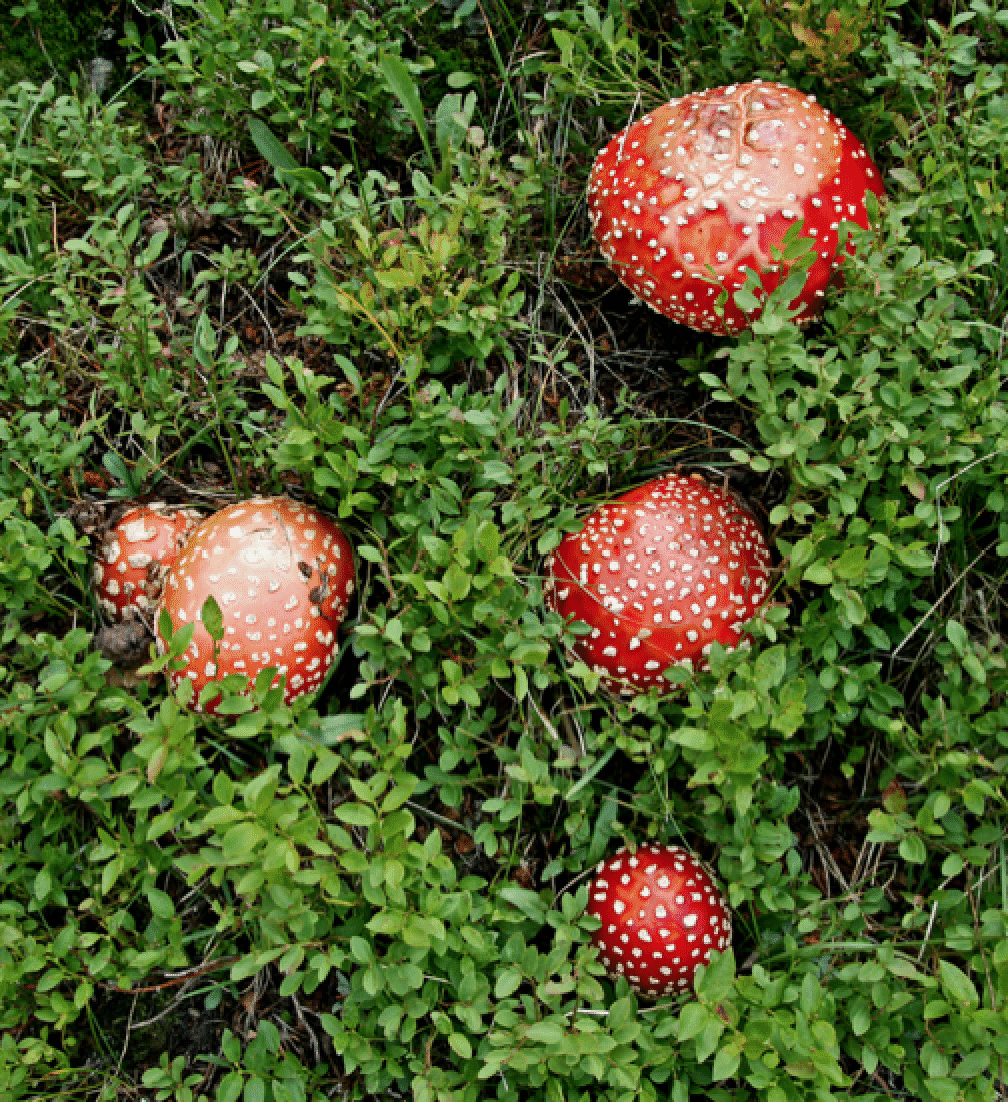
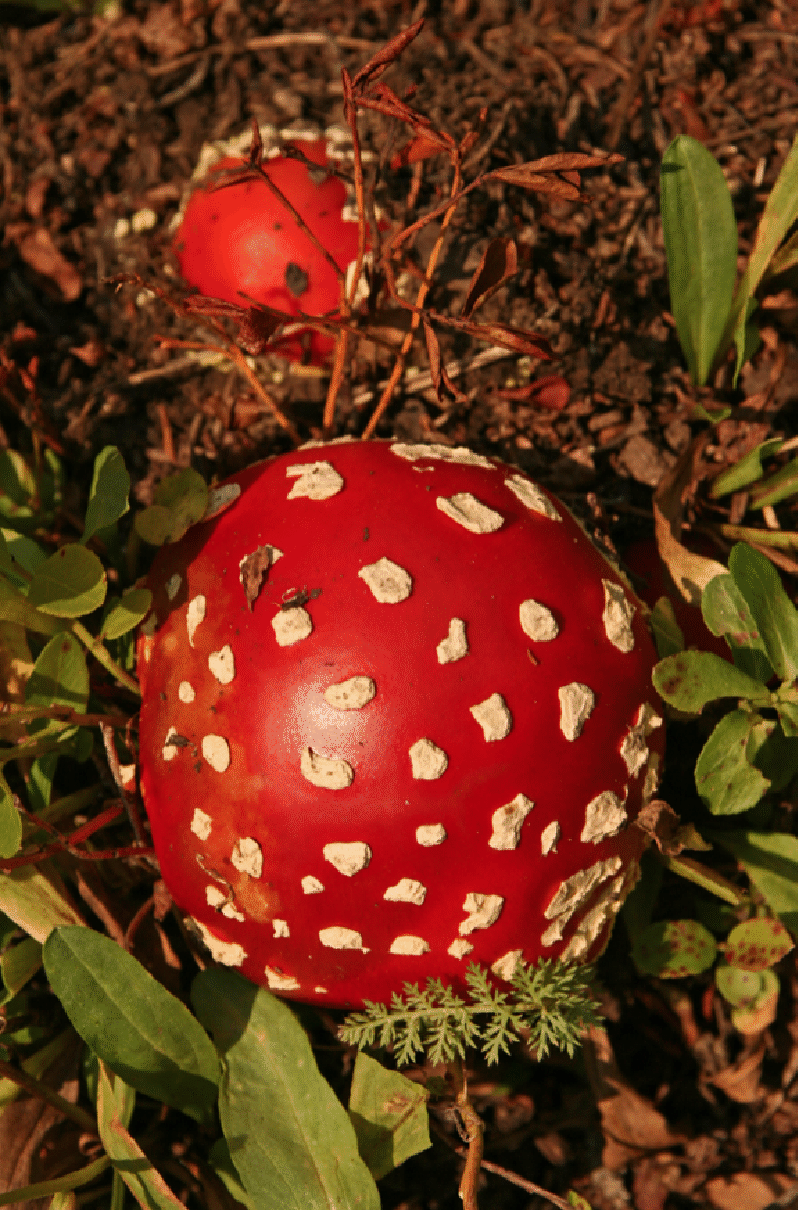
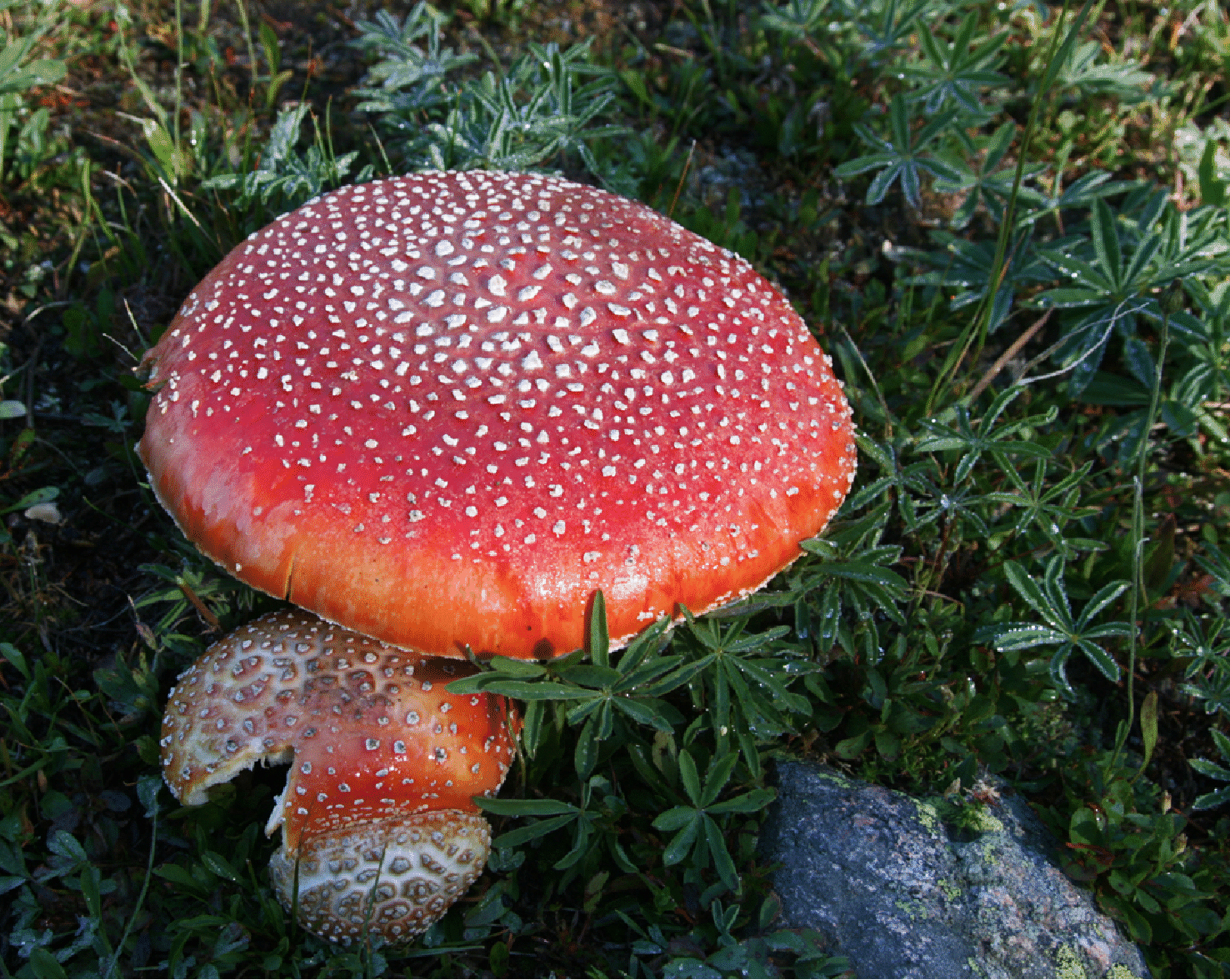
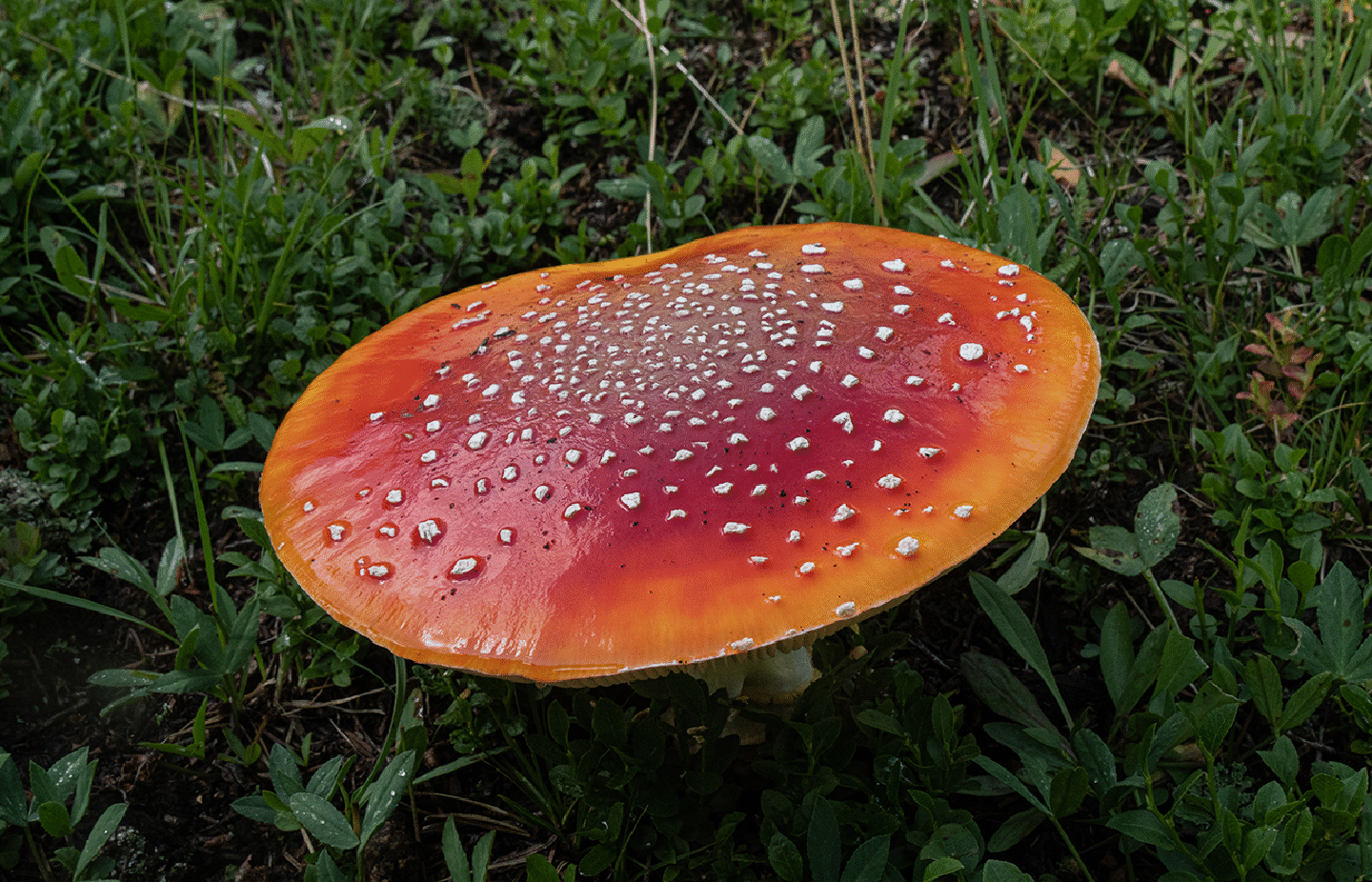
Nothing beats Amanita muscaria for color.
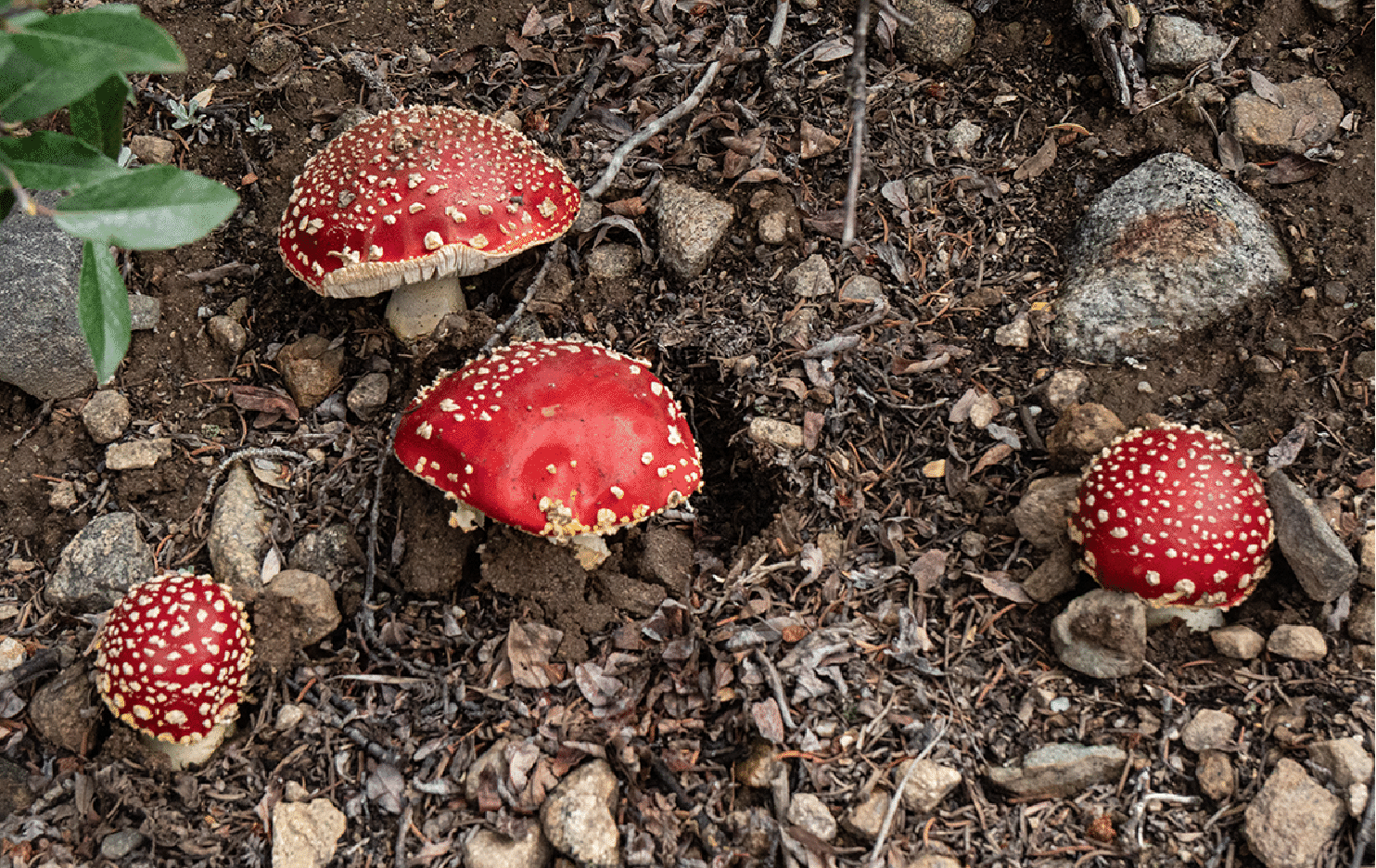
Amanita muscaria and porcini require almost identical conditions for growth. So when one sees the former, one looks for the latter. Sometimes they are within inches of each other, as below.
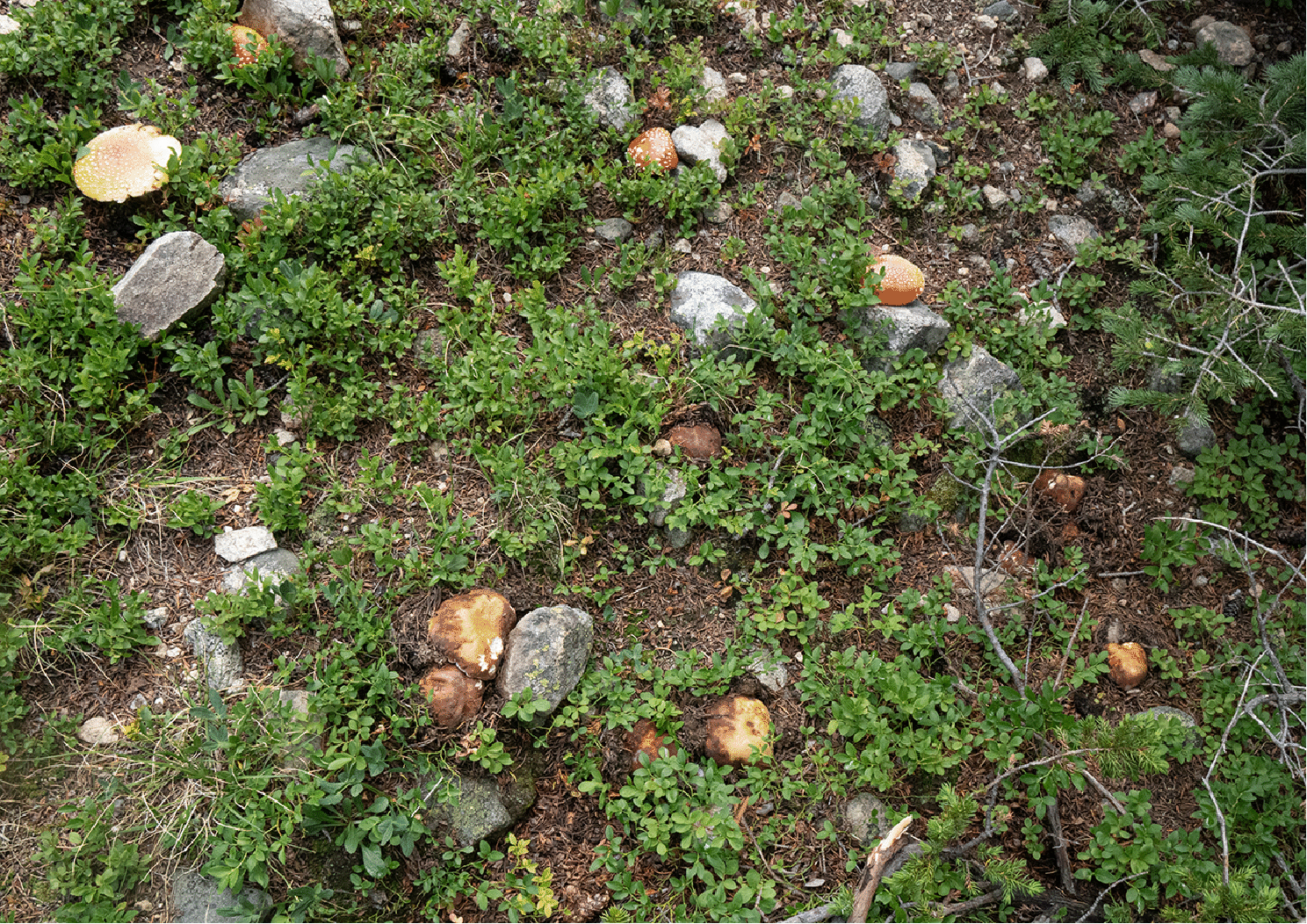
Pholiota squarrosa: These are very pretty (but inedible) and can be seen, rarely, under aspen trees.
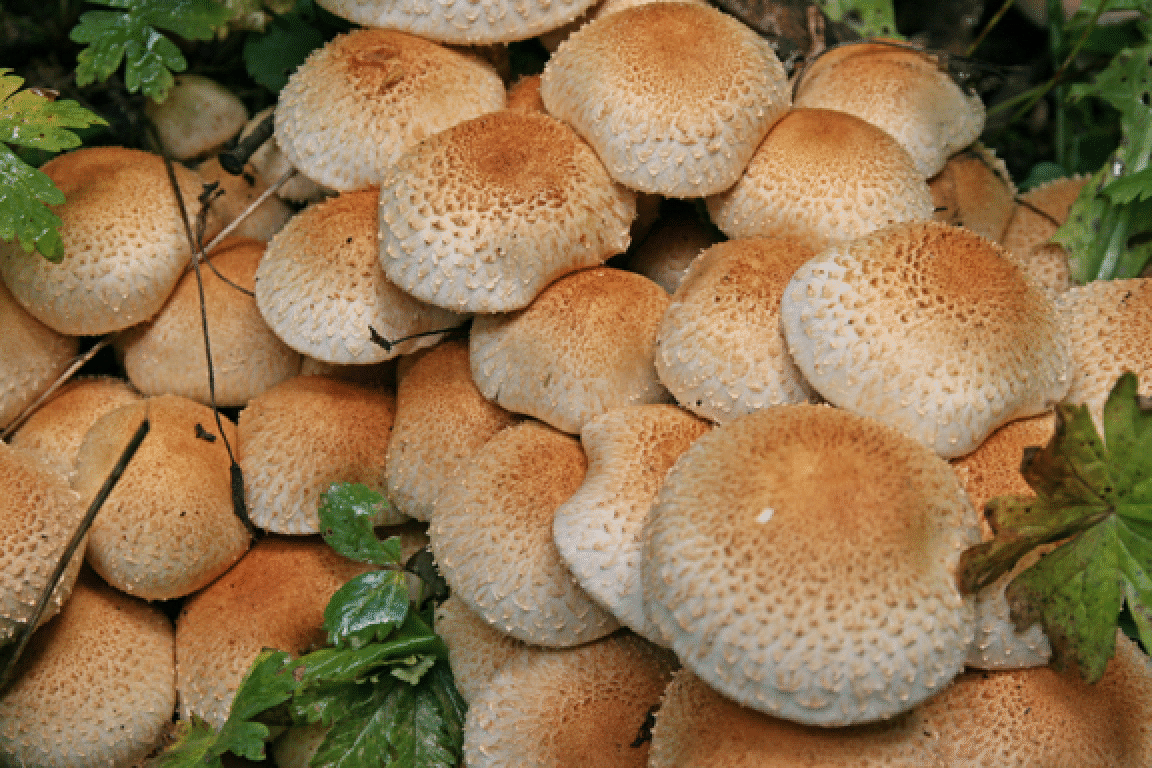
And here is a small flush of them from Aug 2013, with no aspens in sight. I have seen this species only three times,
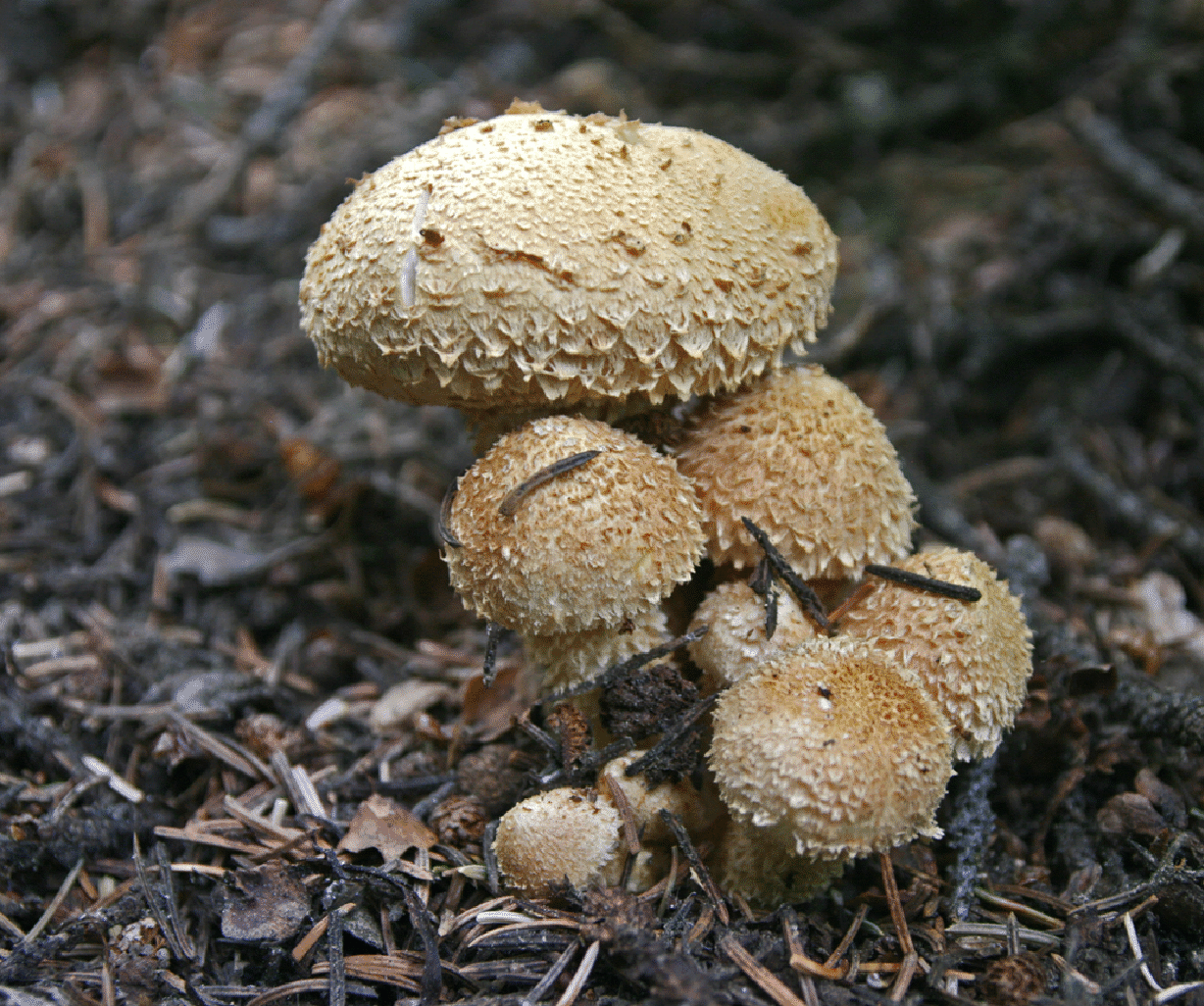
In the early summer of 2011 I found a group of Gyromitra esculenta (below, near intersection of Gore Range trail and Willow Lakes trail), which were new to me. They can be quite poisonous, so I was not tempted. But they look intriguing. In 2012 and 2013 I saw a few on a trail very near our house.
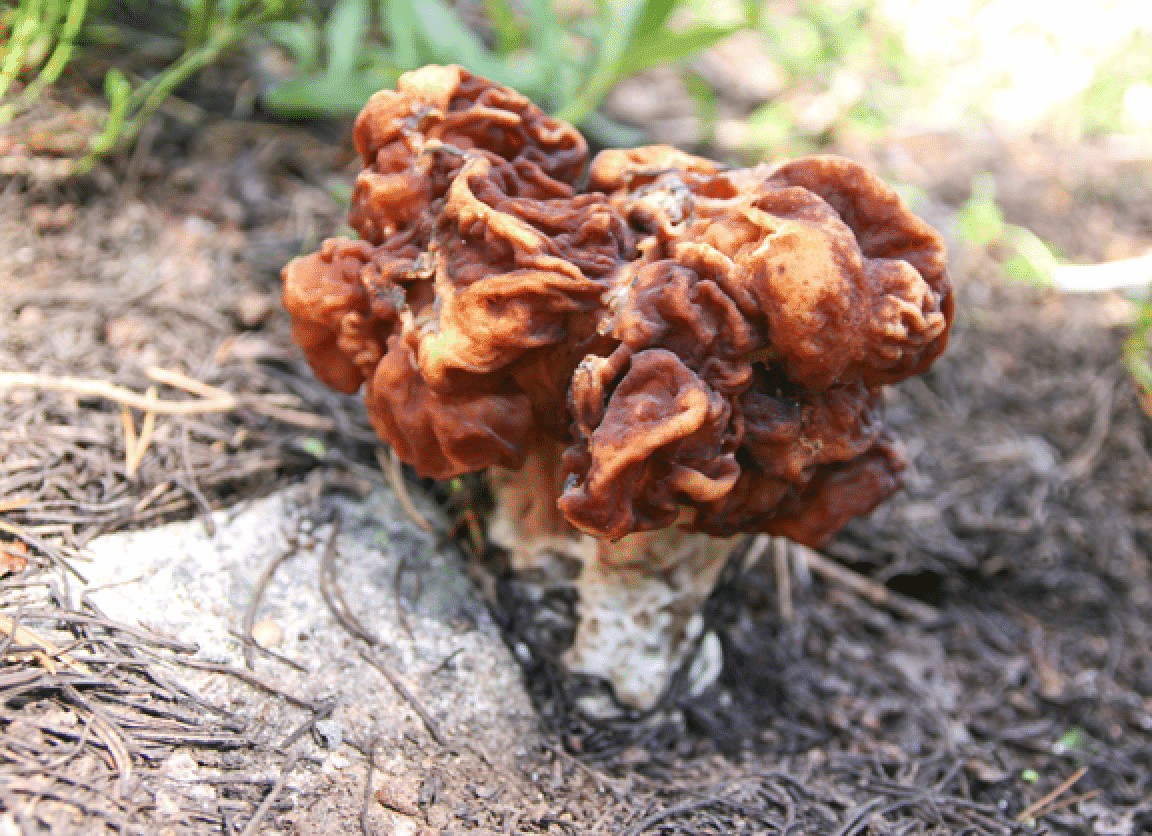
And a somewhat burned out Gyromita from July 2, 2013:
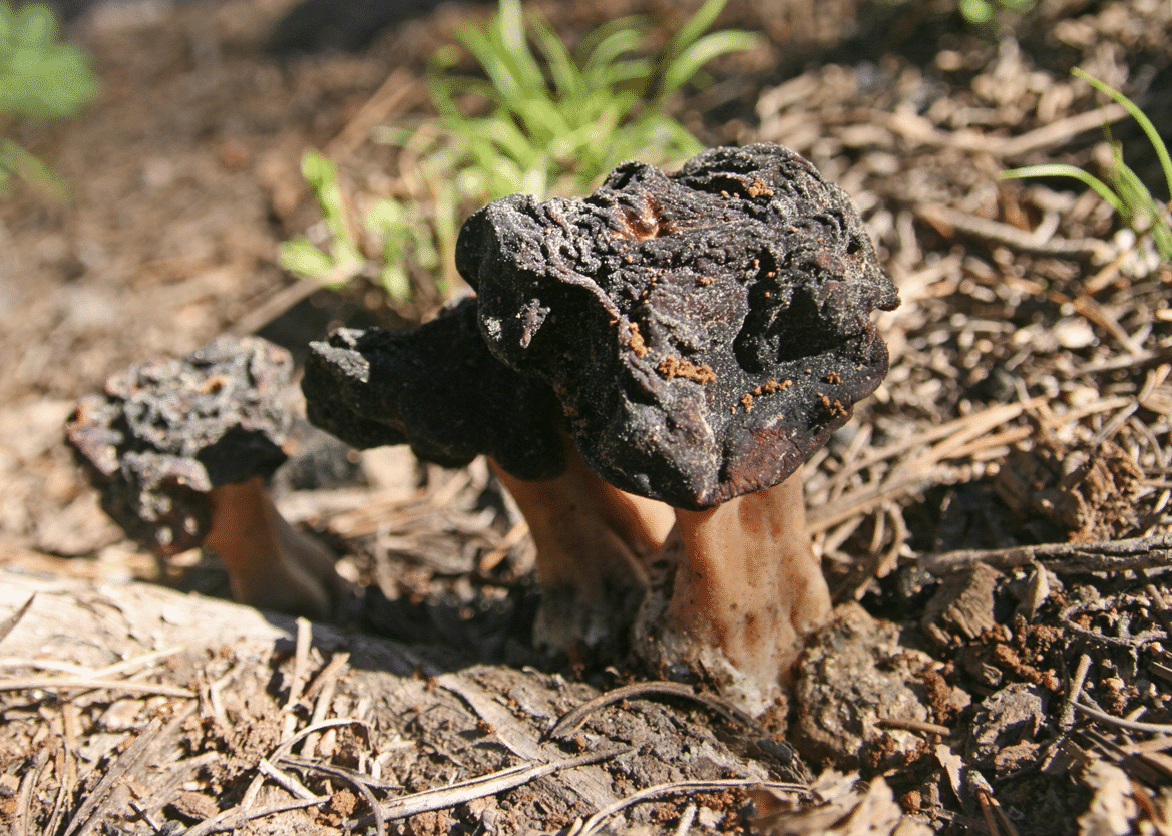
And in 2014 they were out early: nice and large on June 7, 2014.
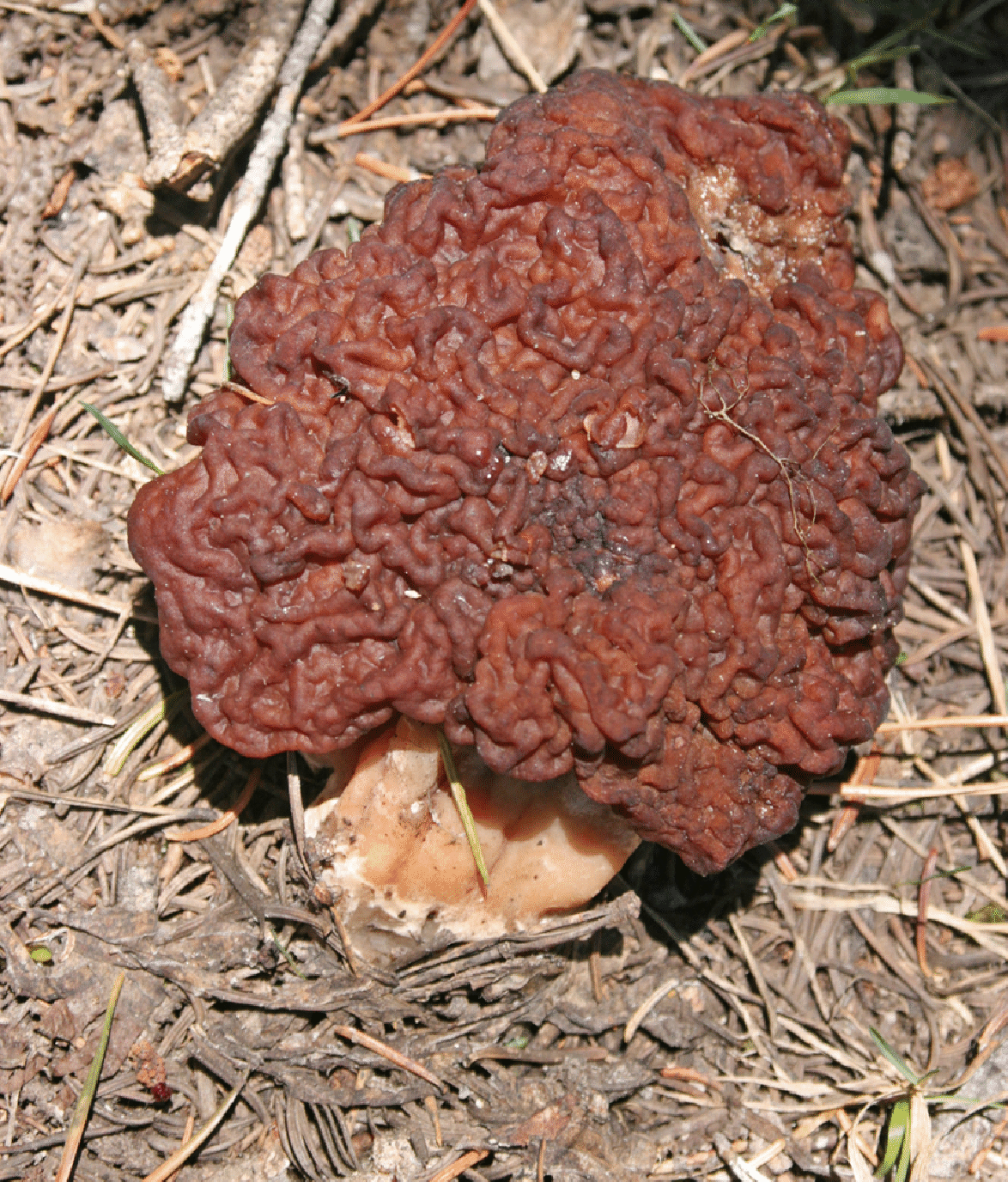
And a few days later from the same field.
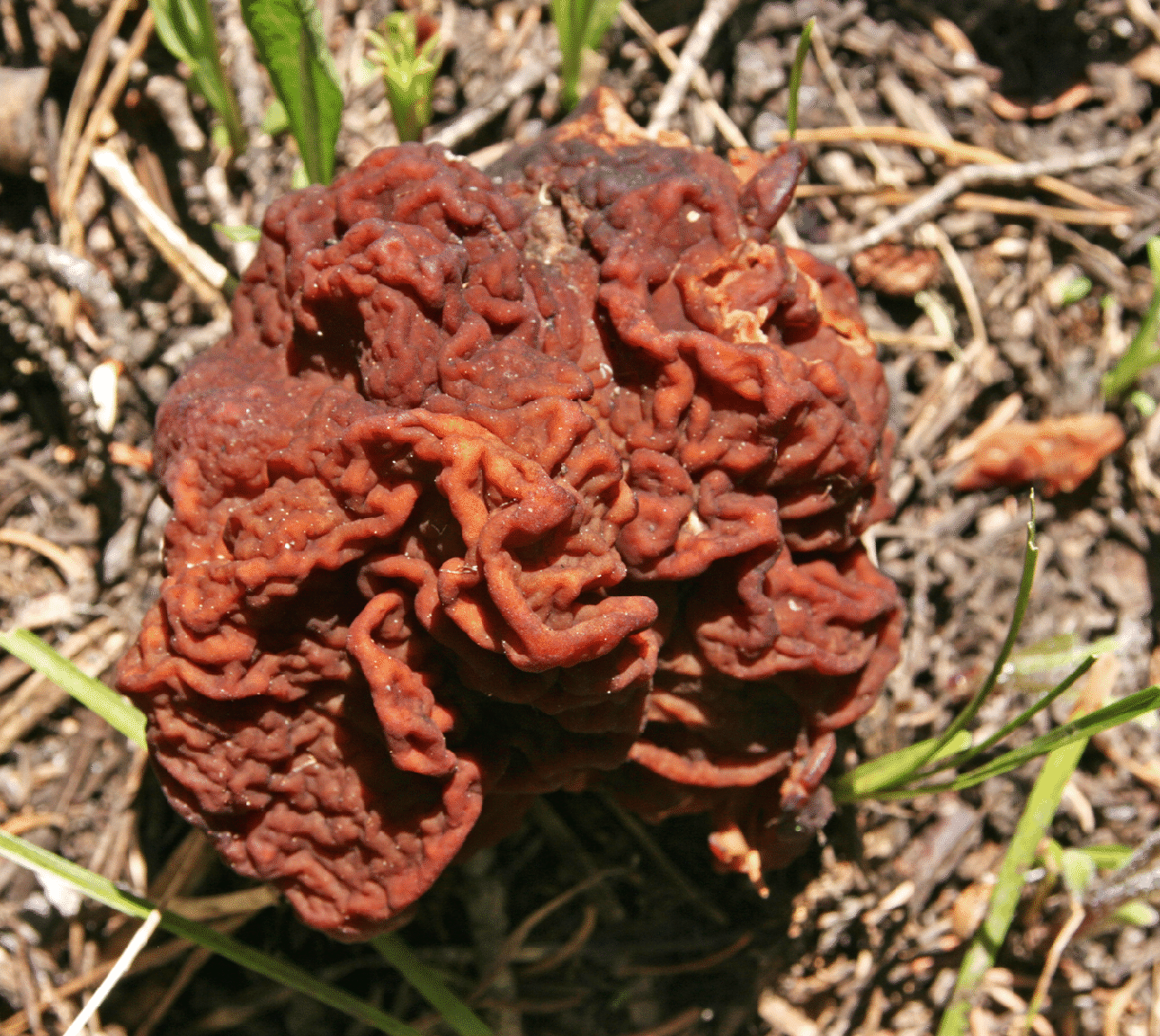
True morels do exist in Summit County, though I have never seen one. This photo of one found in late July 2021 is by Kristi Hyde.
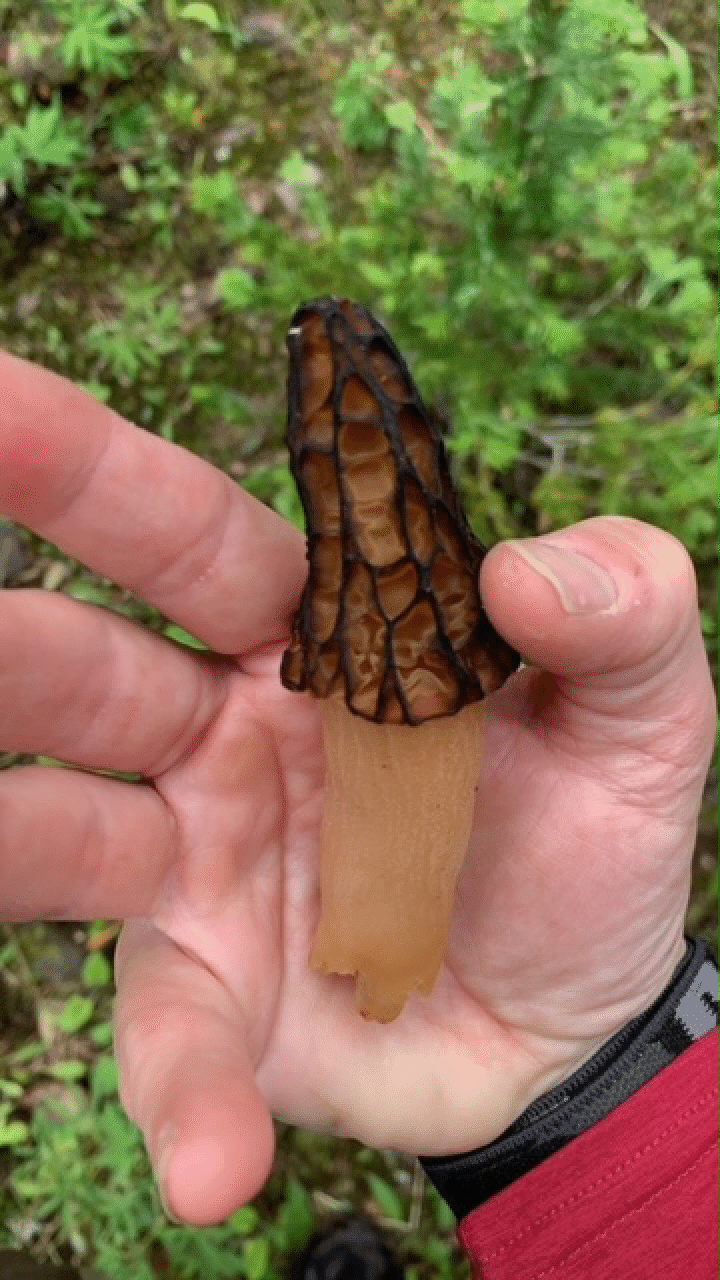
And finally I found one for myself: August 6, 2022, Lake County, 11600 feet elevation.
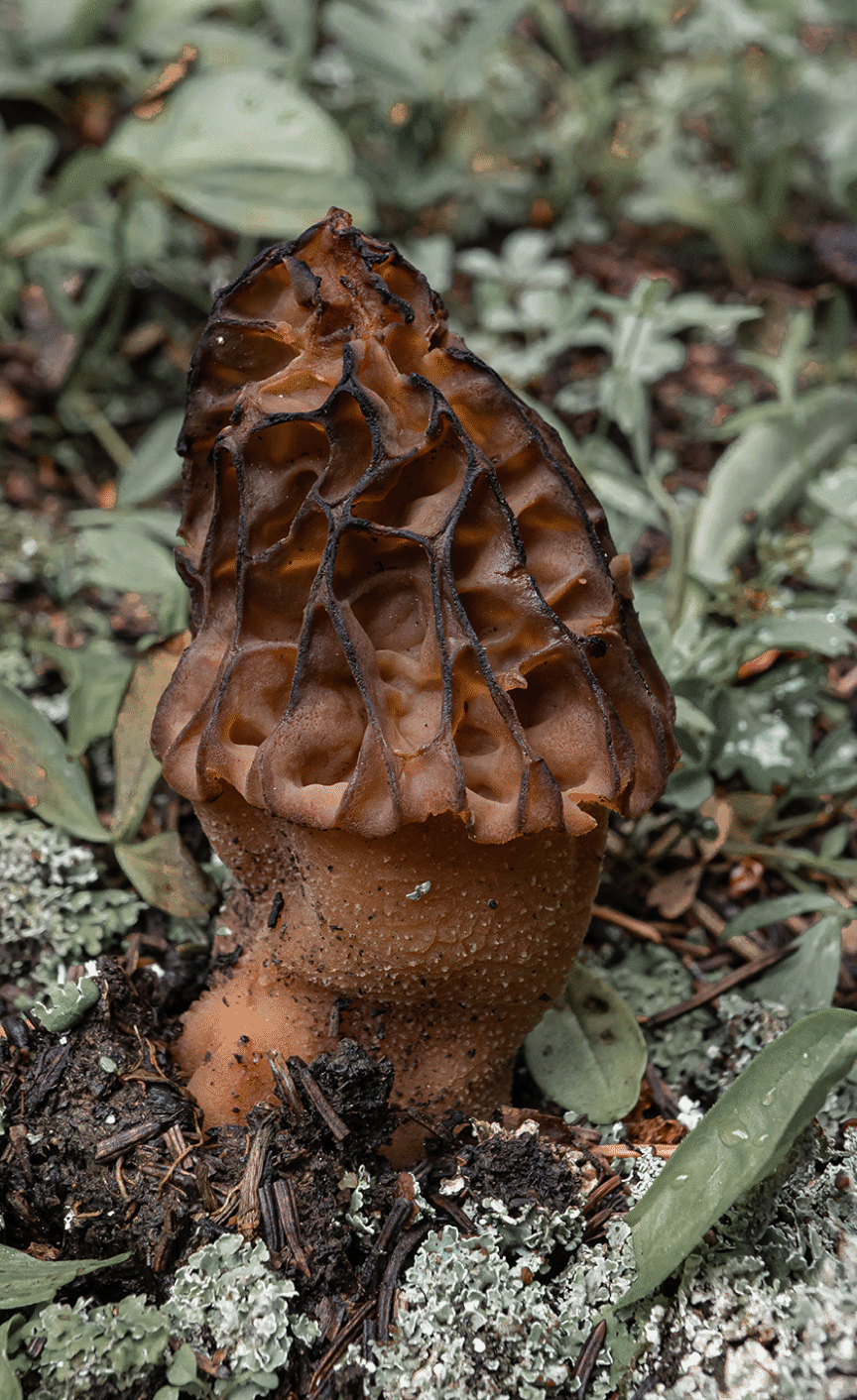
And some nice chanterelles from 2007.
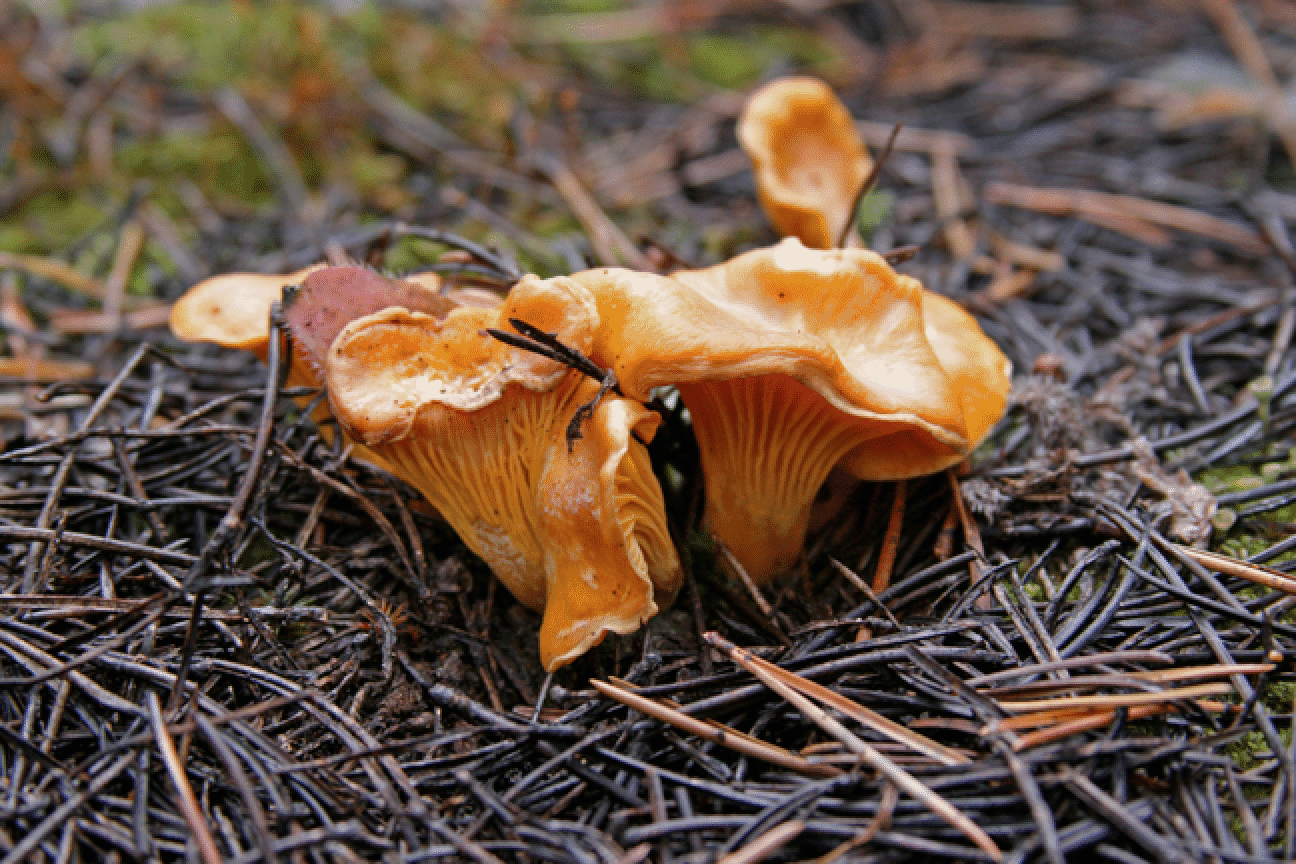
Some young leccinum, often mistaken for porcini, from the end of my driveway. The cap underlaps the sponge, they shake when touched, and the base is not bulbous and stains dark on being scratched.

Hawk’s wing, or Hydnum imbricatum, also known as Sarcodyum imbricatus. Edible, but I have not found them very good.
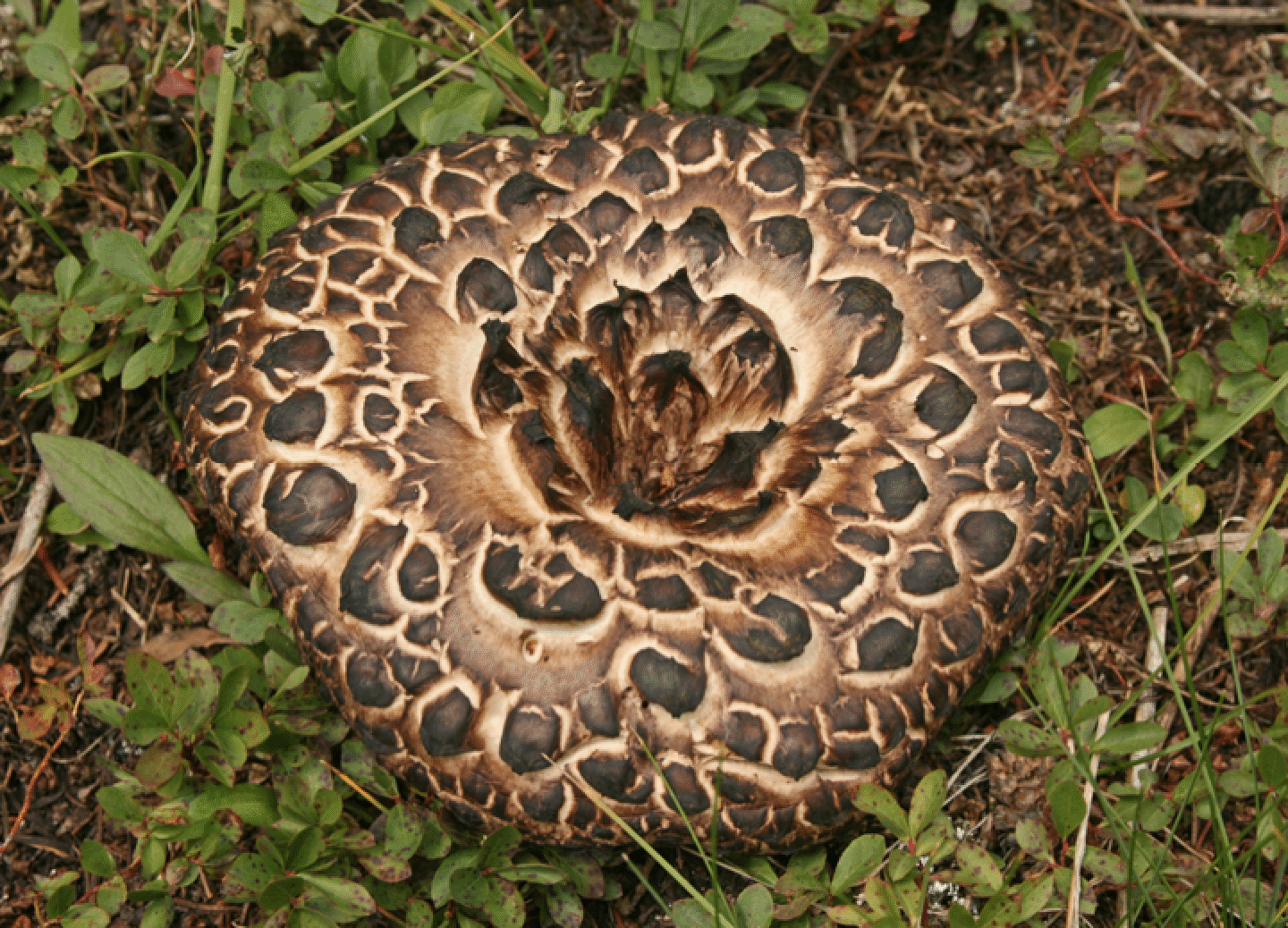
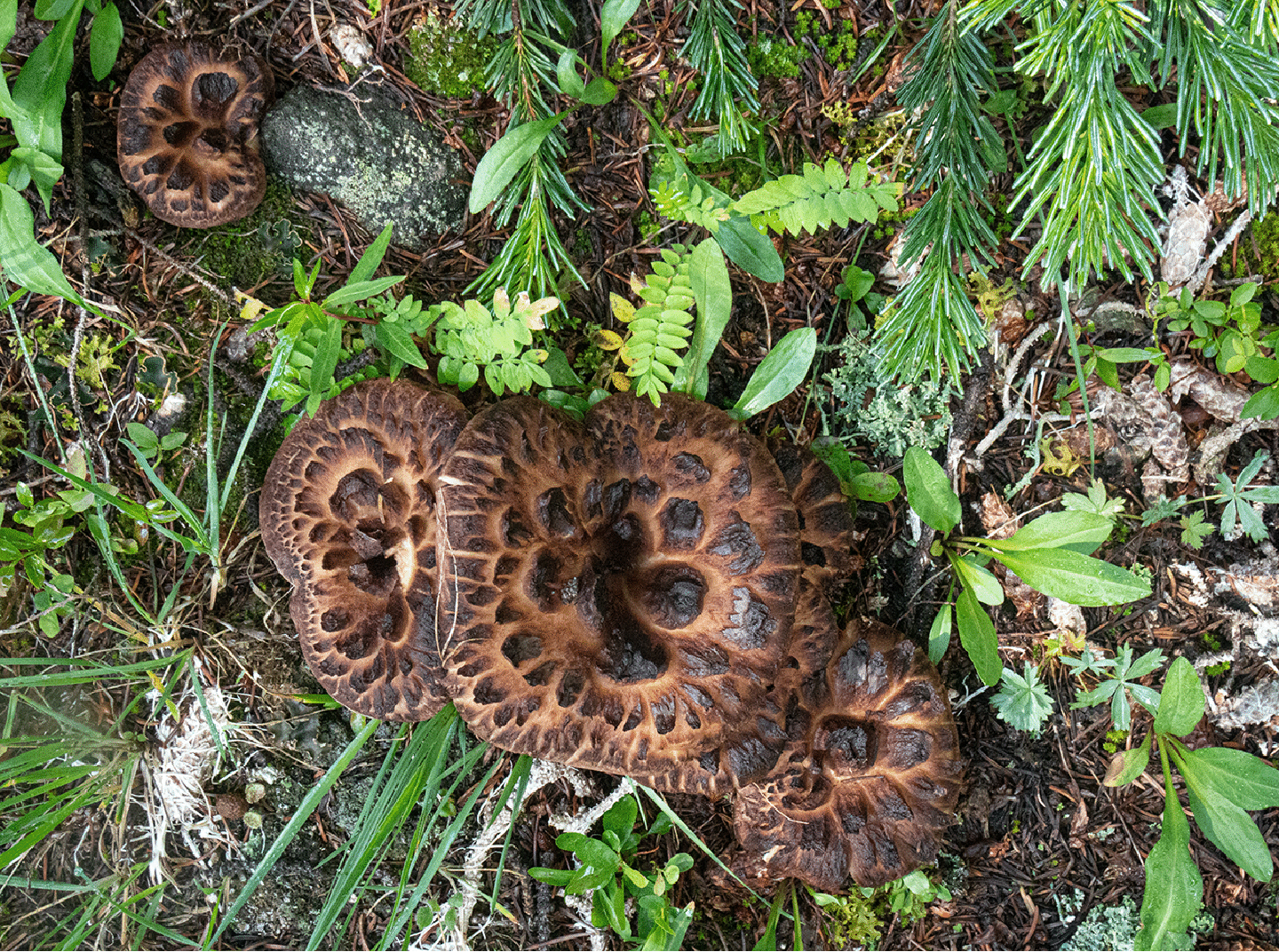
Agaricus campestris. These have pink gills when young, turning brown (never white). They are like grocery store mushrooms, but with a much fresher and richer taste.
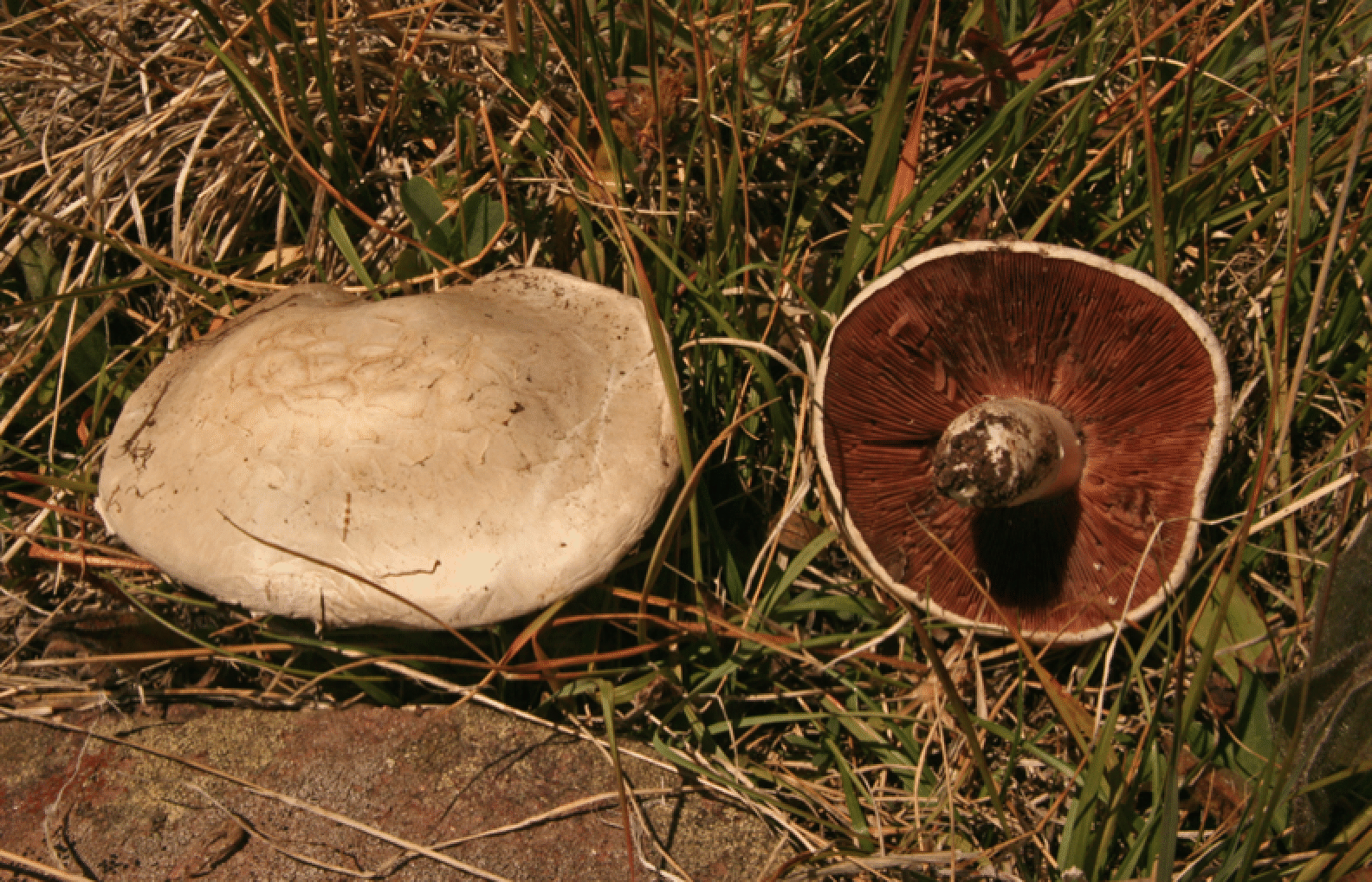
These meadow mushrooms crush so easily I have stopped picking them. This one is from Aug 2, 1013.
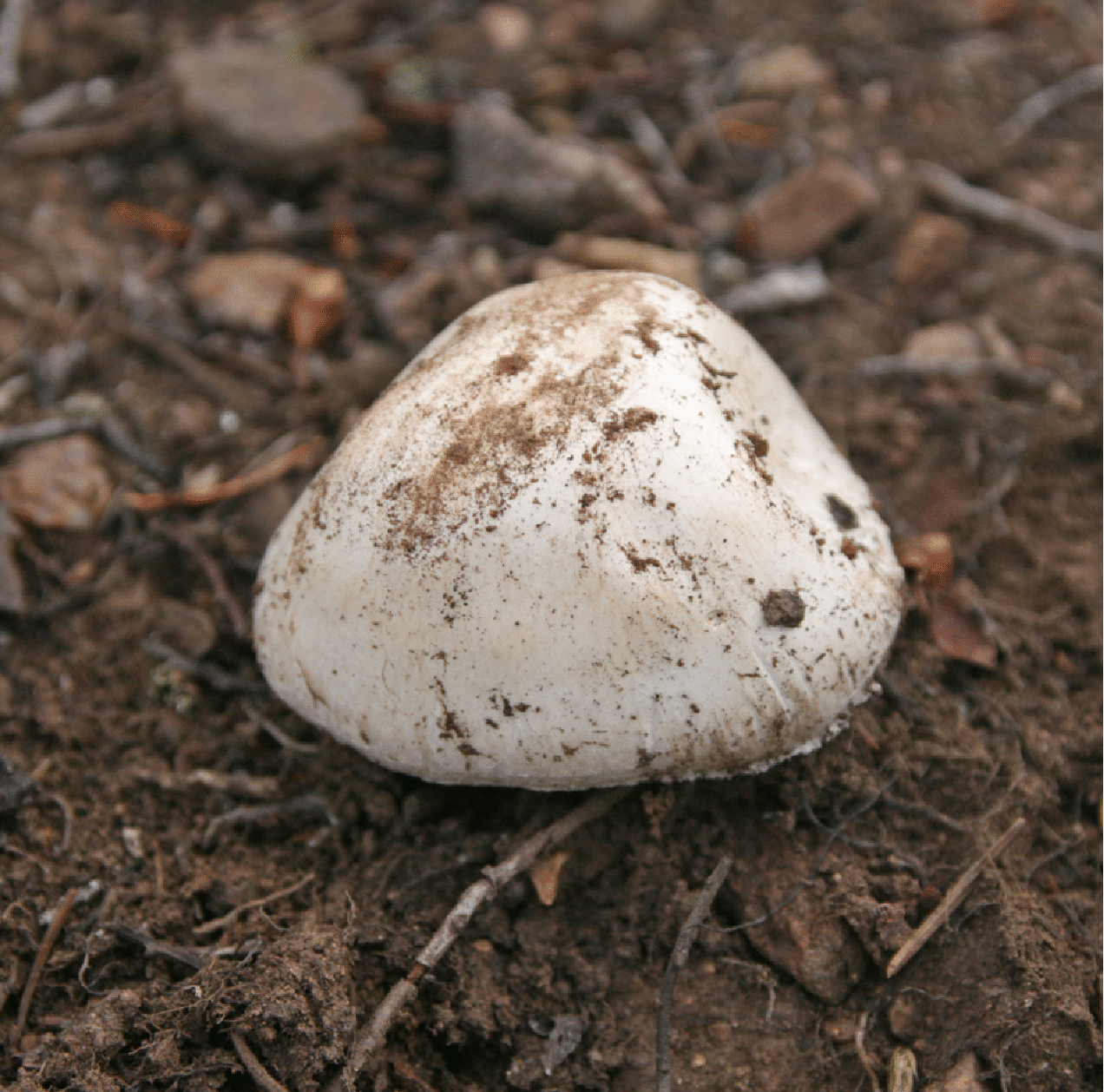
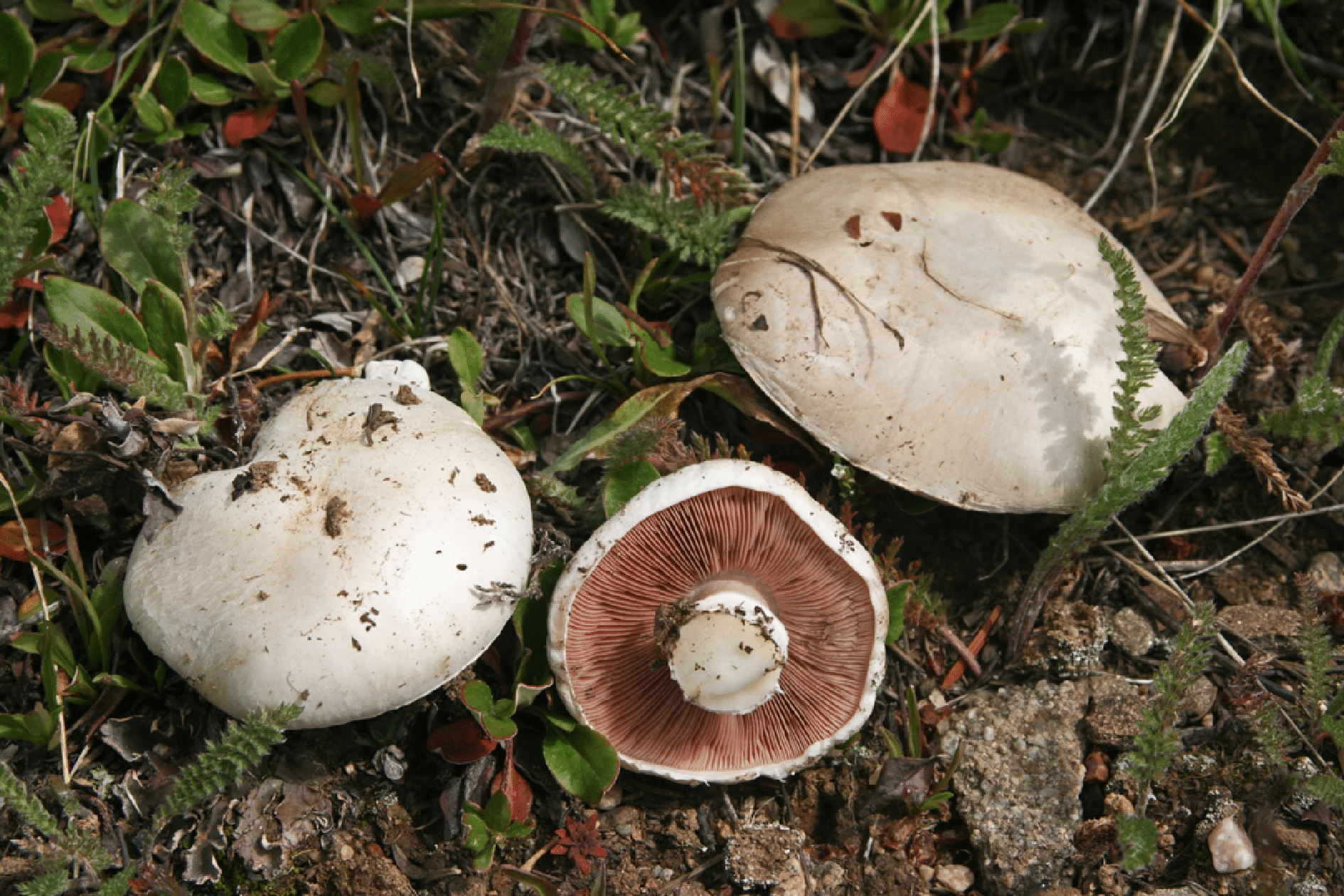
Here’s a nice puffball. These are edible, but the flavor is minimal so I don’t pick them. Calvatia booniana I thiknk.
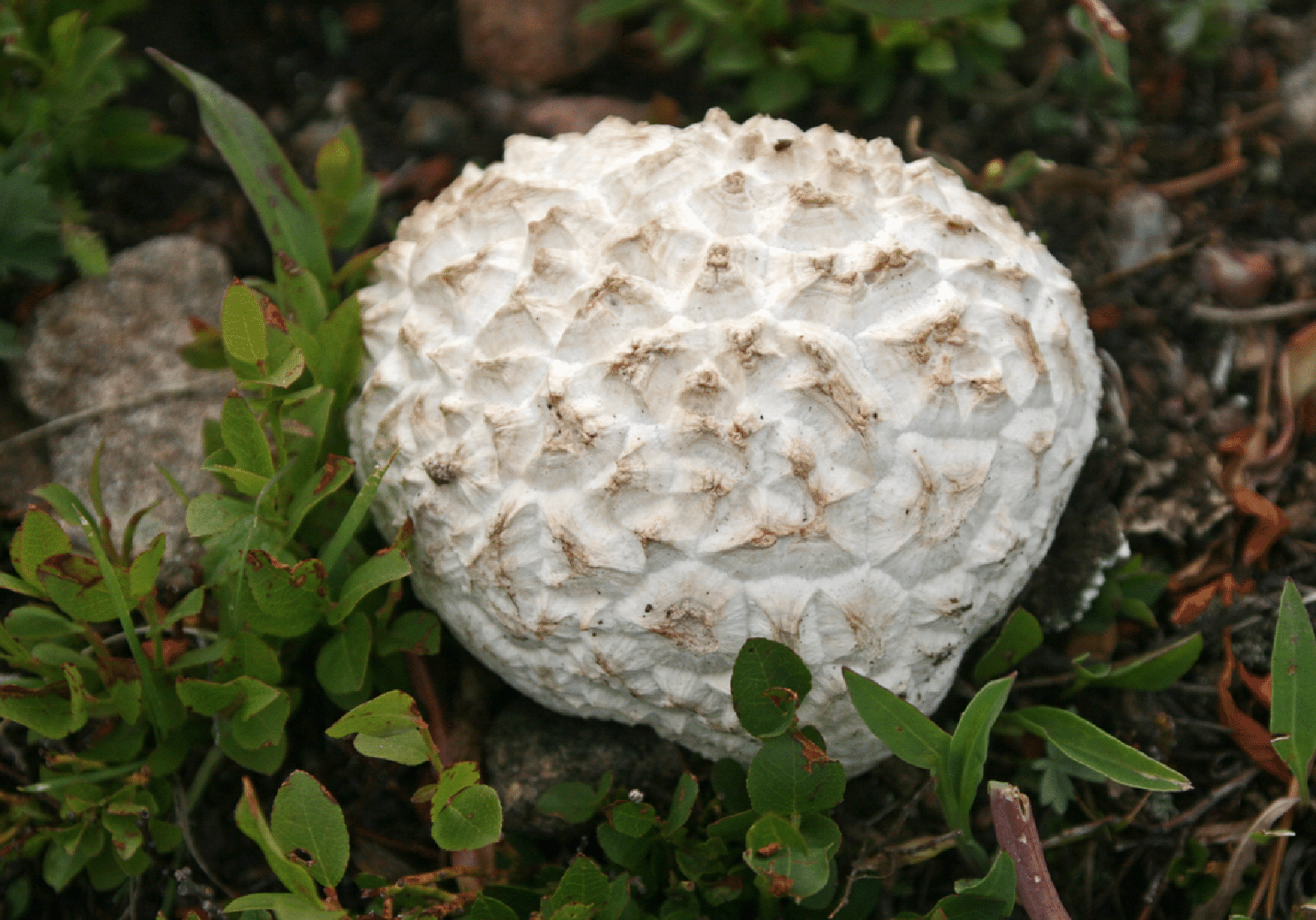
And a bunch.
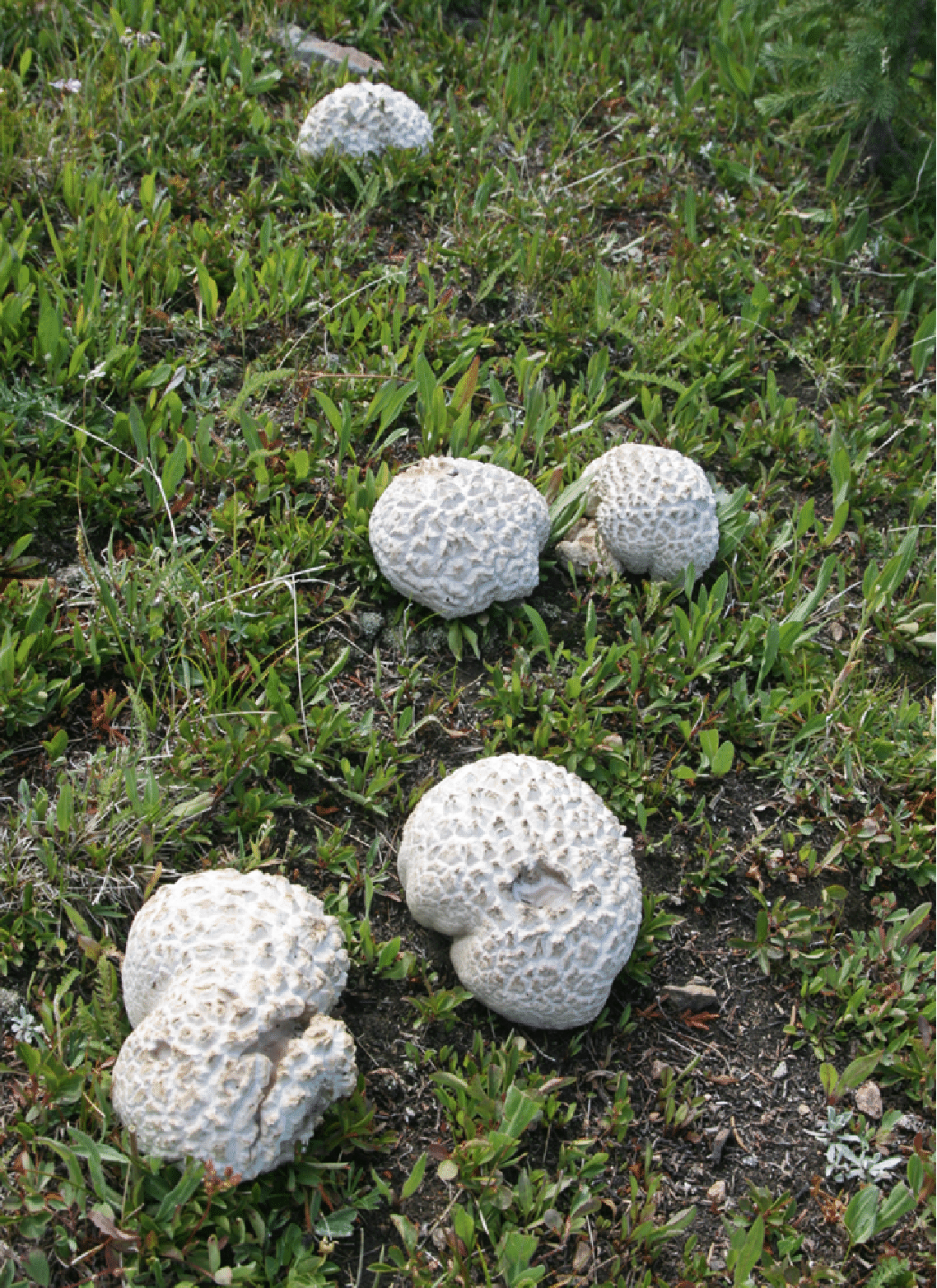
A nice young pair of Russula emetica.
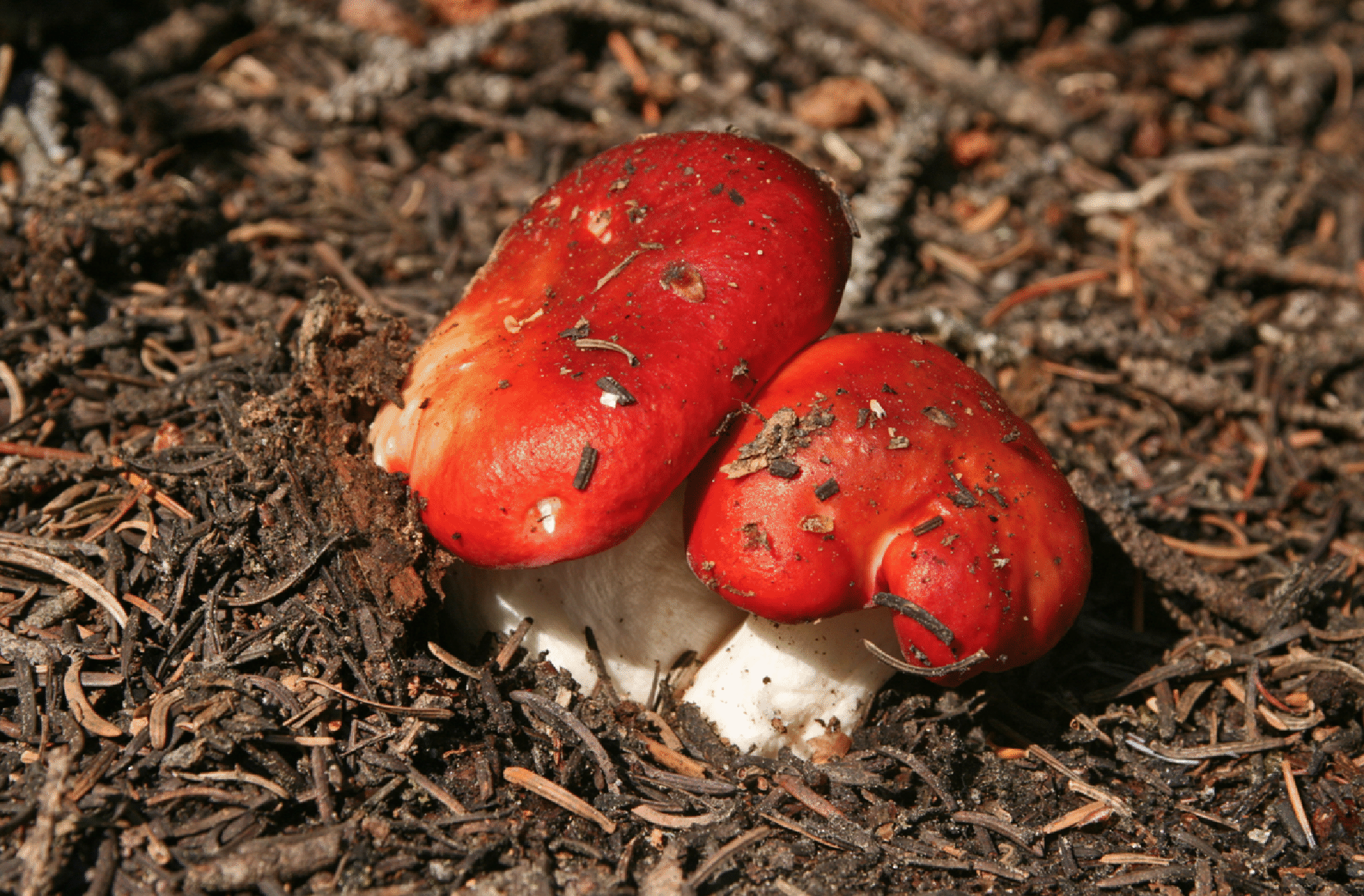
An oyster mushroom (Pleurotis ostreatus) on left. Not sure what is on right.
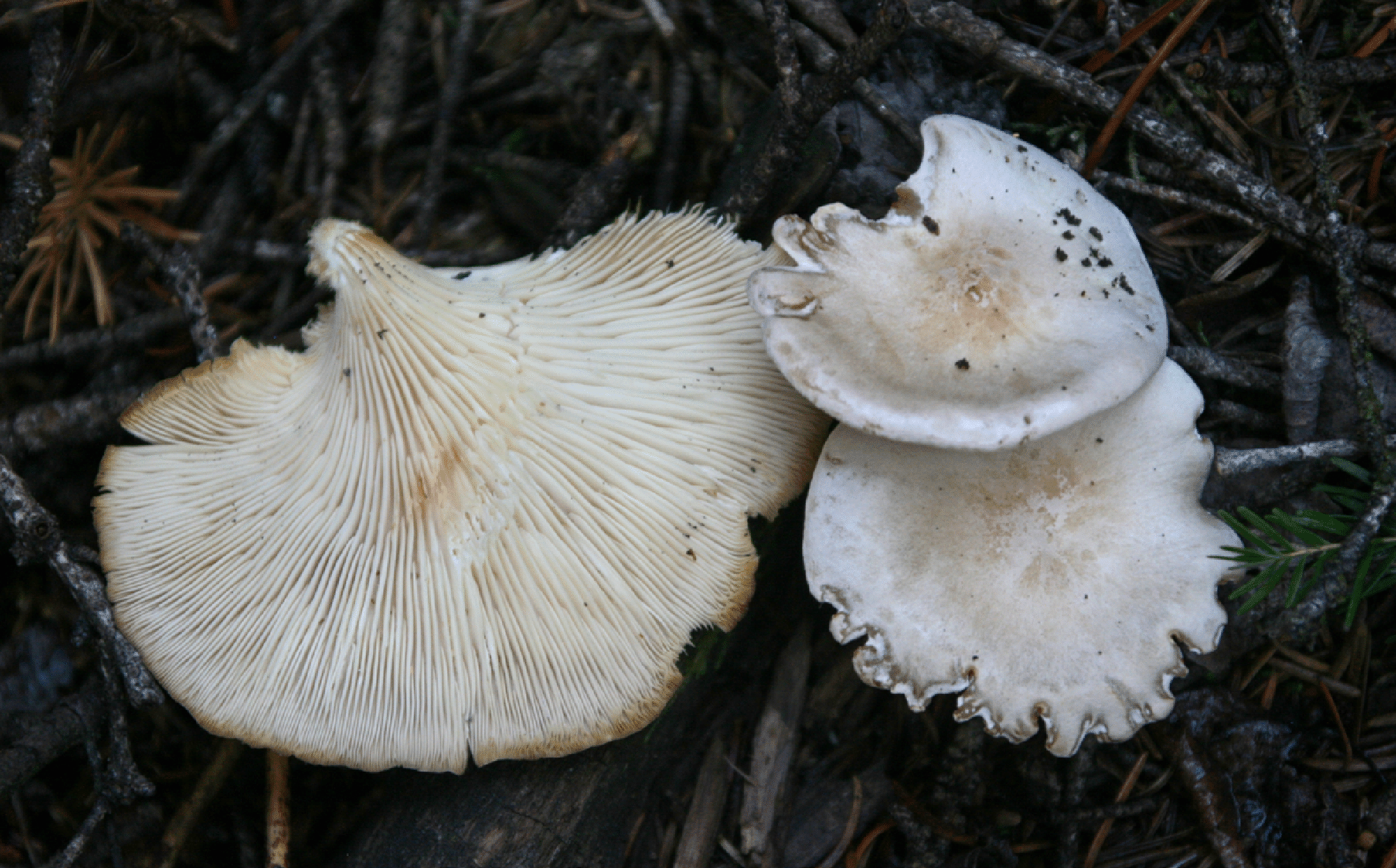
A shaggy mane, Coprinus Comatus.
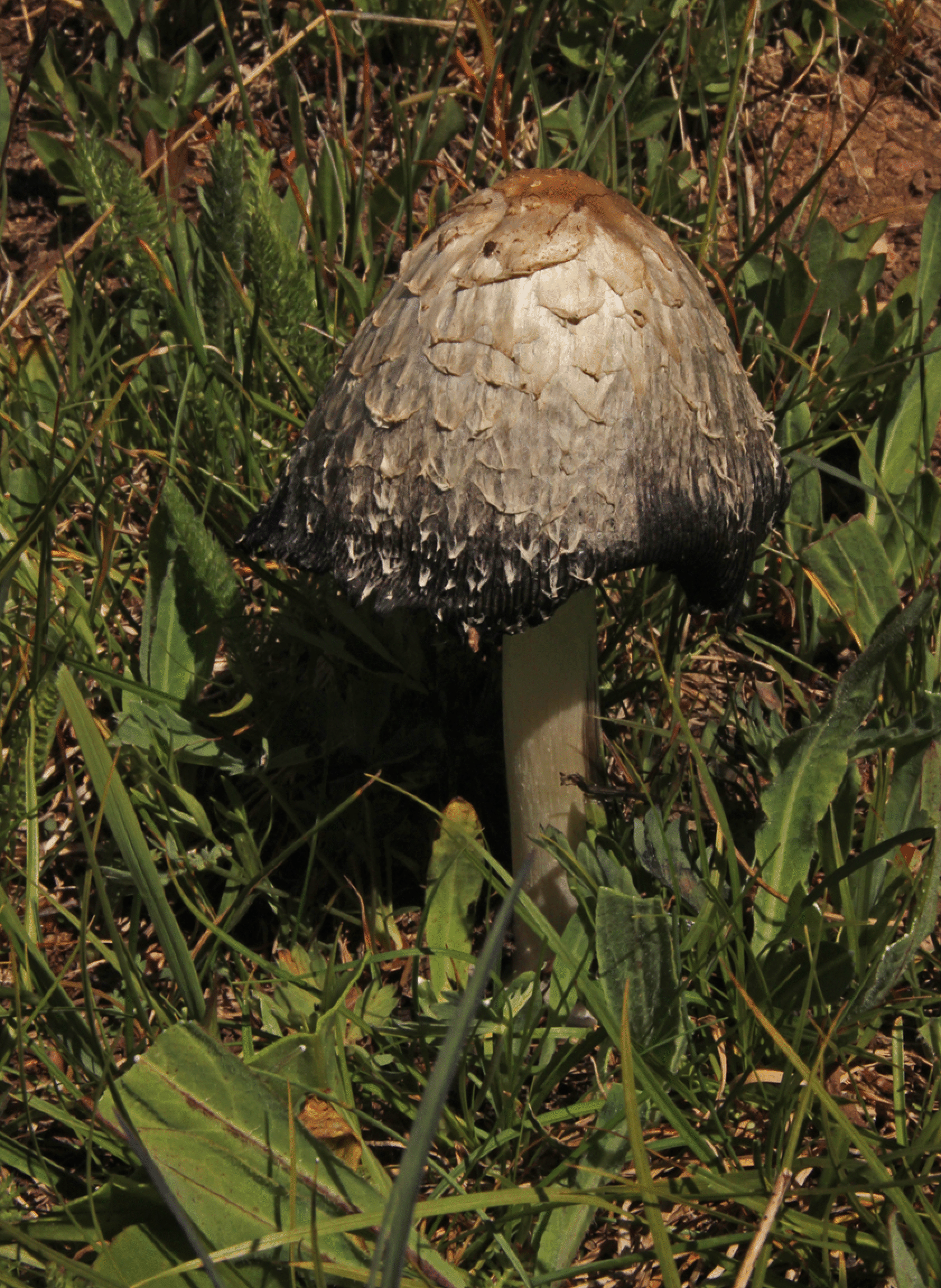
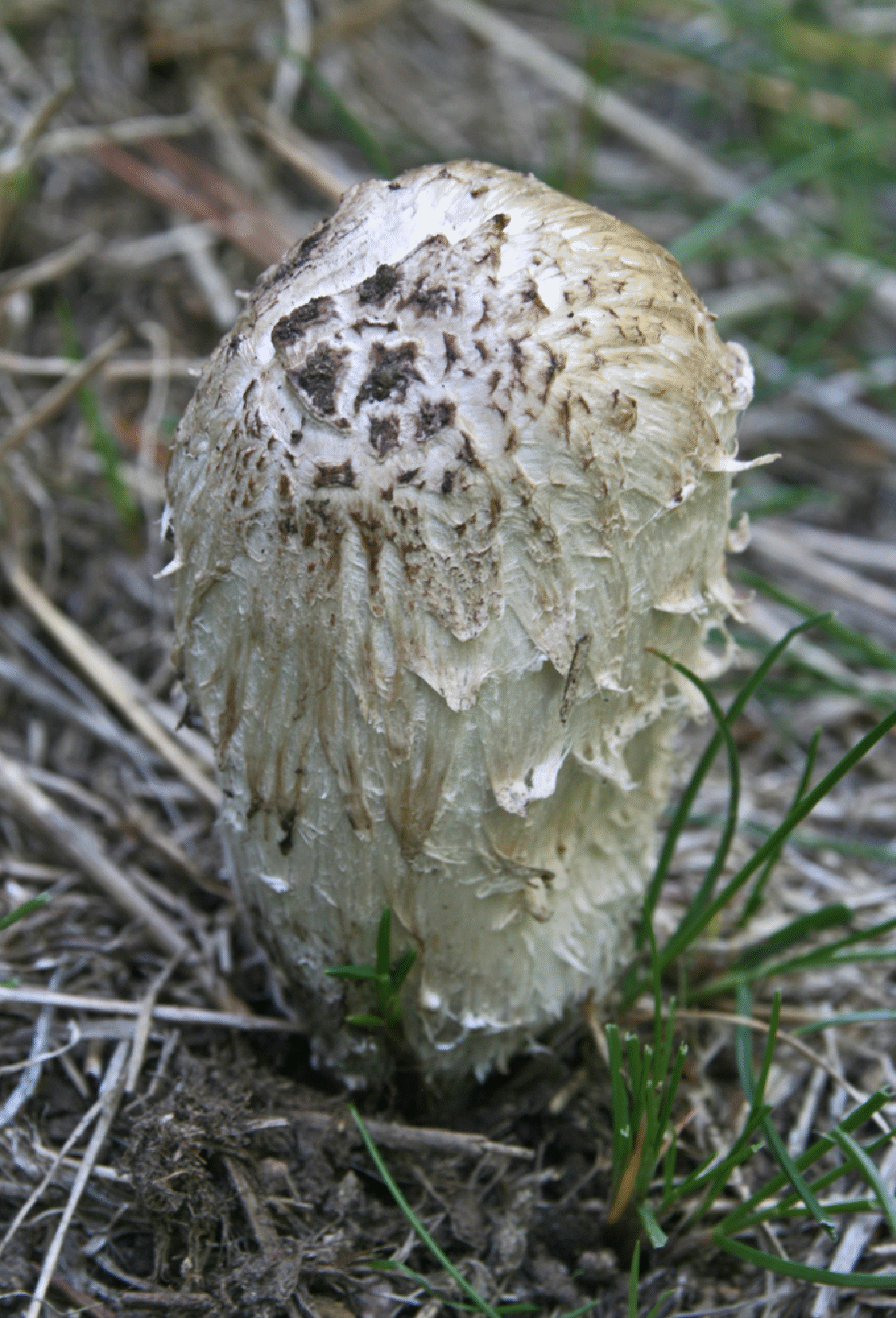
Armillaria ostoyae, the honey mushroom, was out in great quantity in late August, 2013. Note how the white spores from the upper ones land on the lower ones.
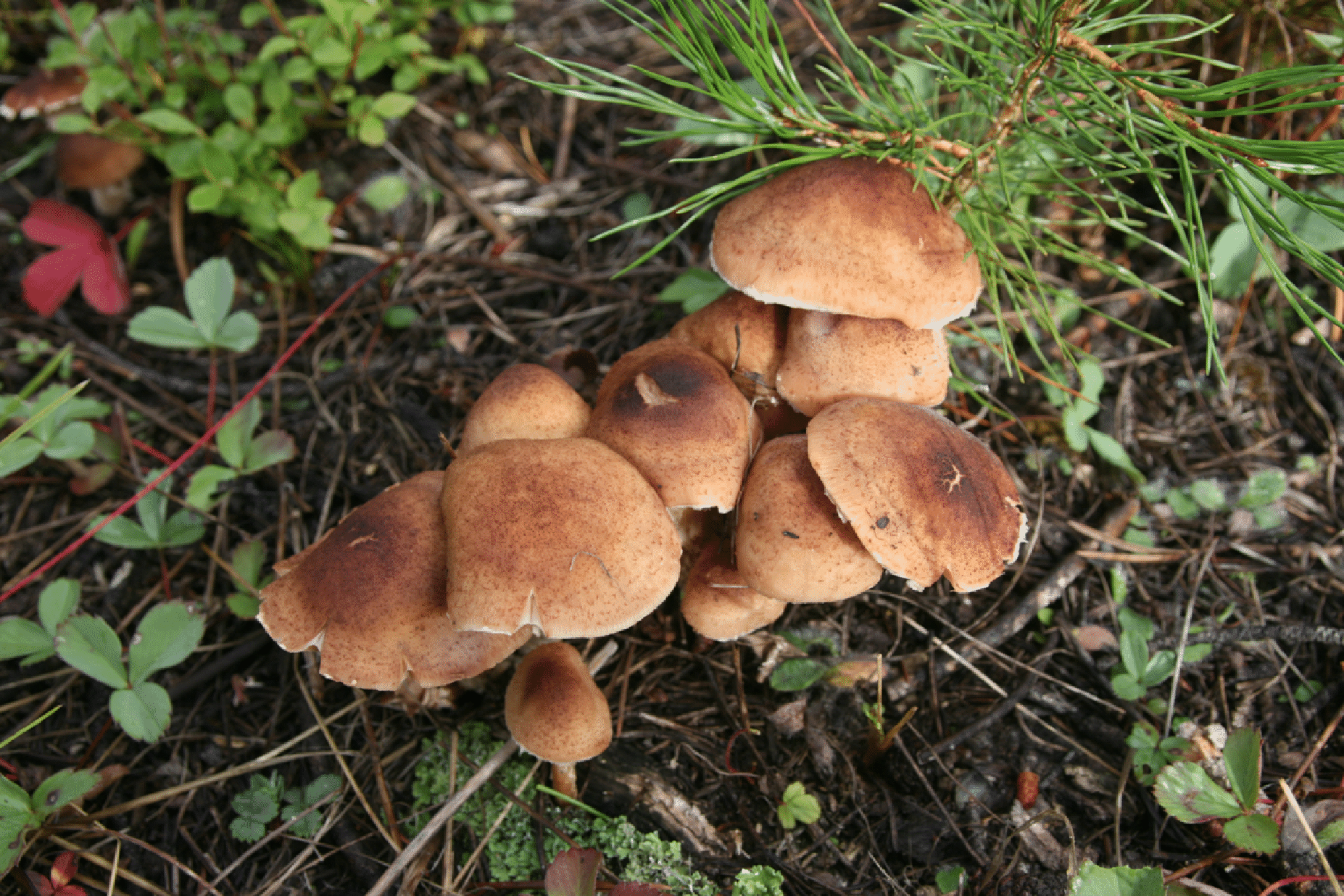
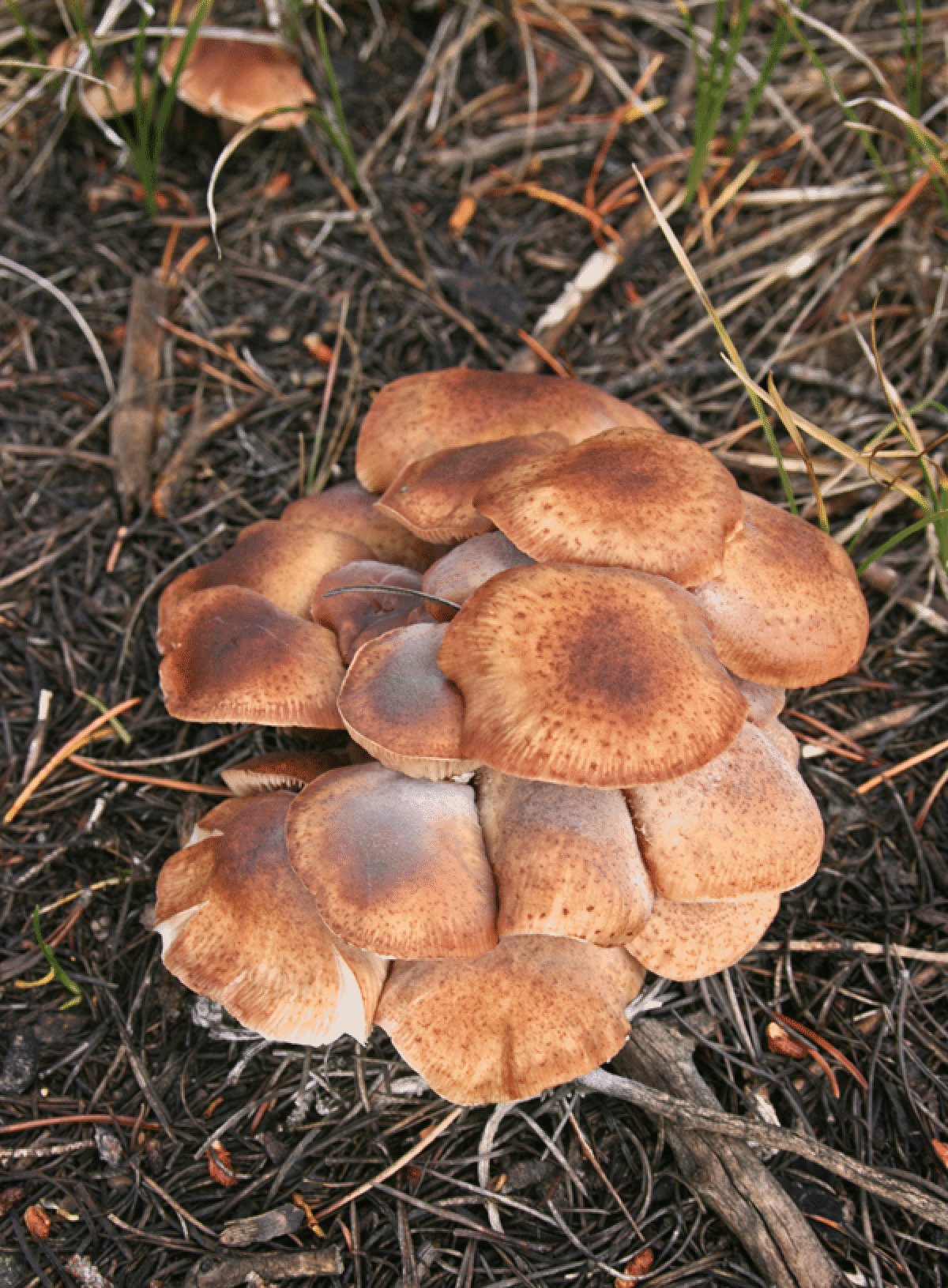
Neolentinus ponderosum, late June 2016, coming out of stumps in profusion.
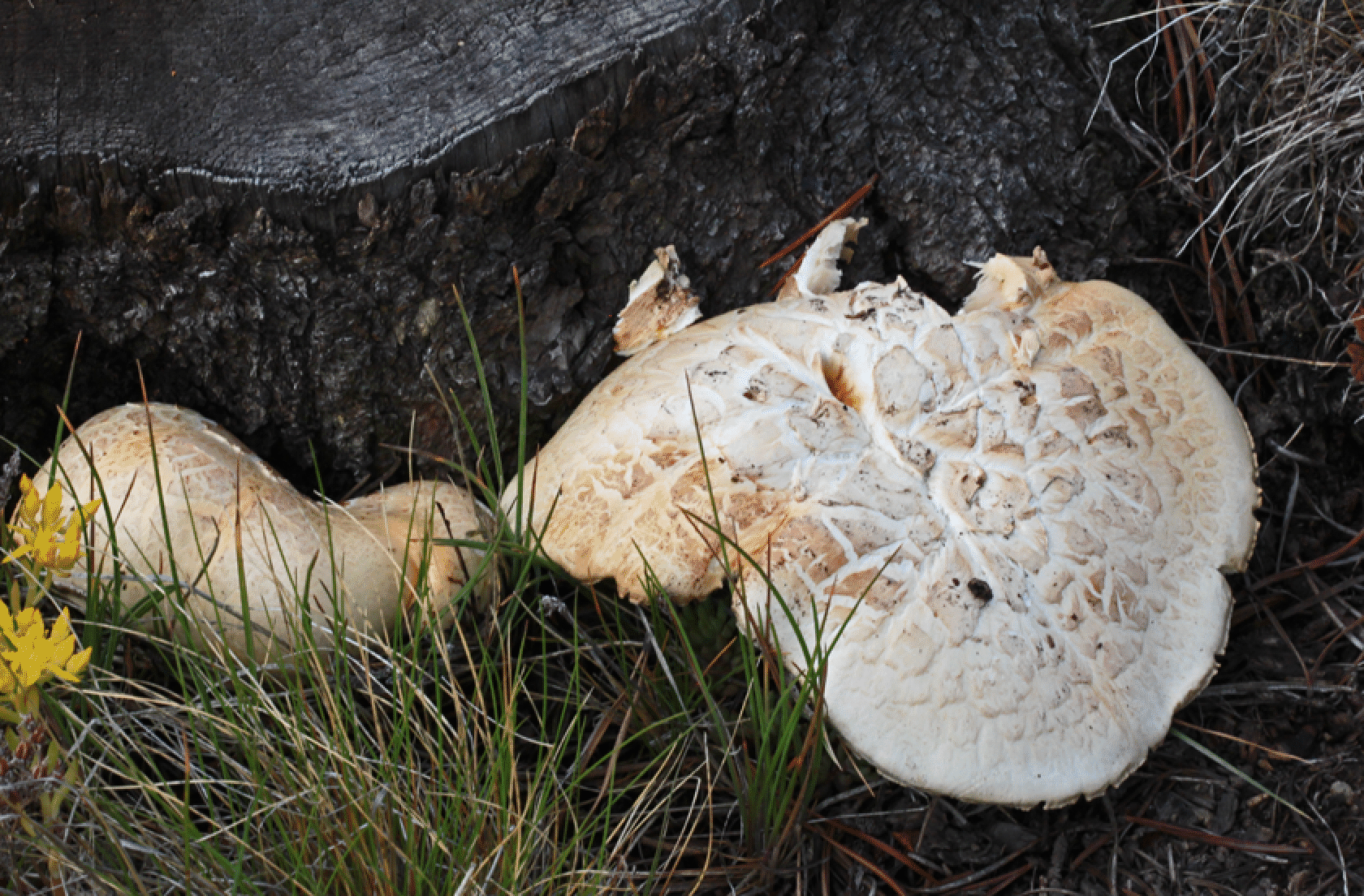
Note how the gills are serrated, and also generally alternate in size (see lower right).
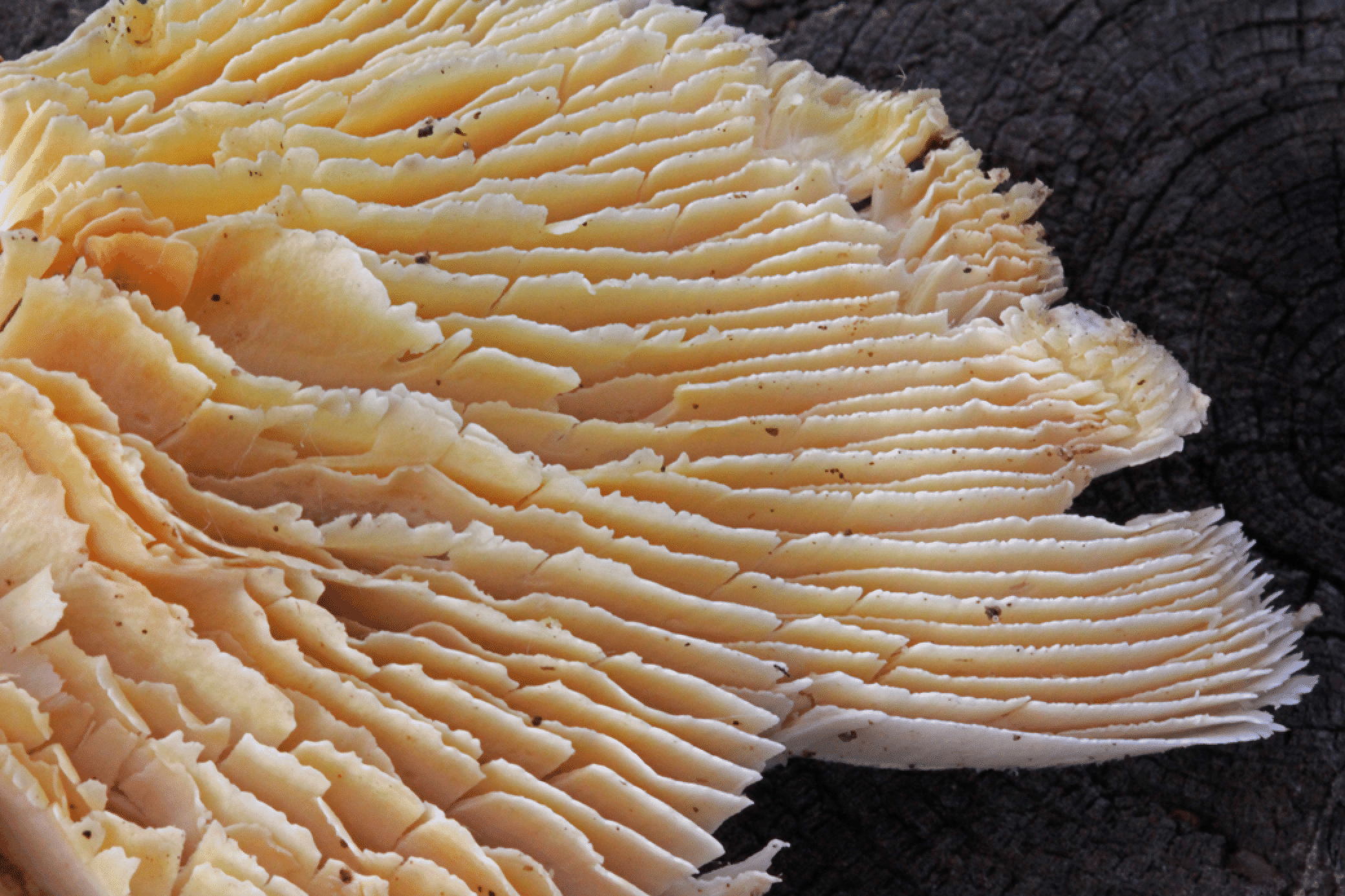
Clavariadelphus truncatus (club coral) seems to grow in places that also support chanterelles. They have a very unusual sweet taste.
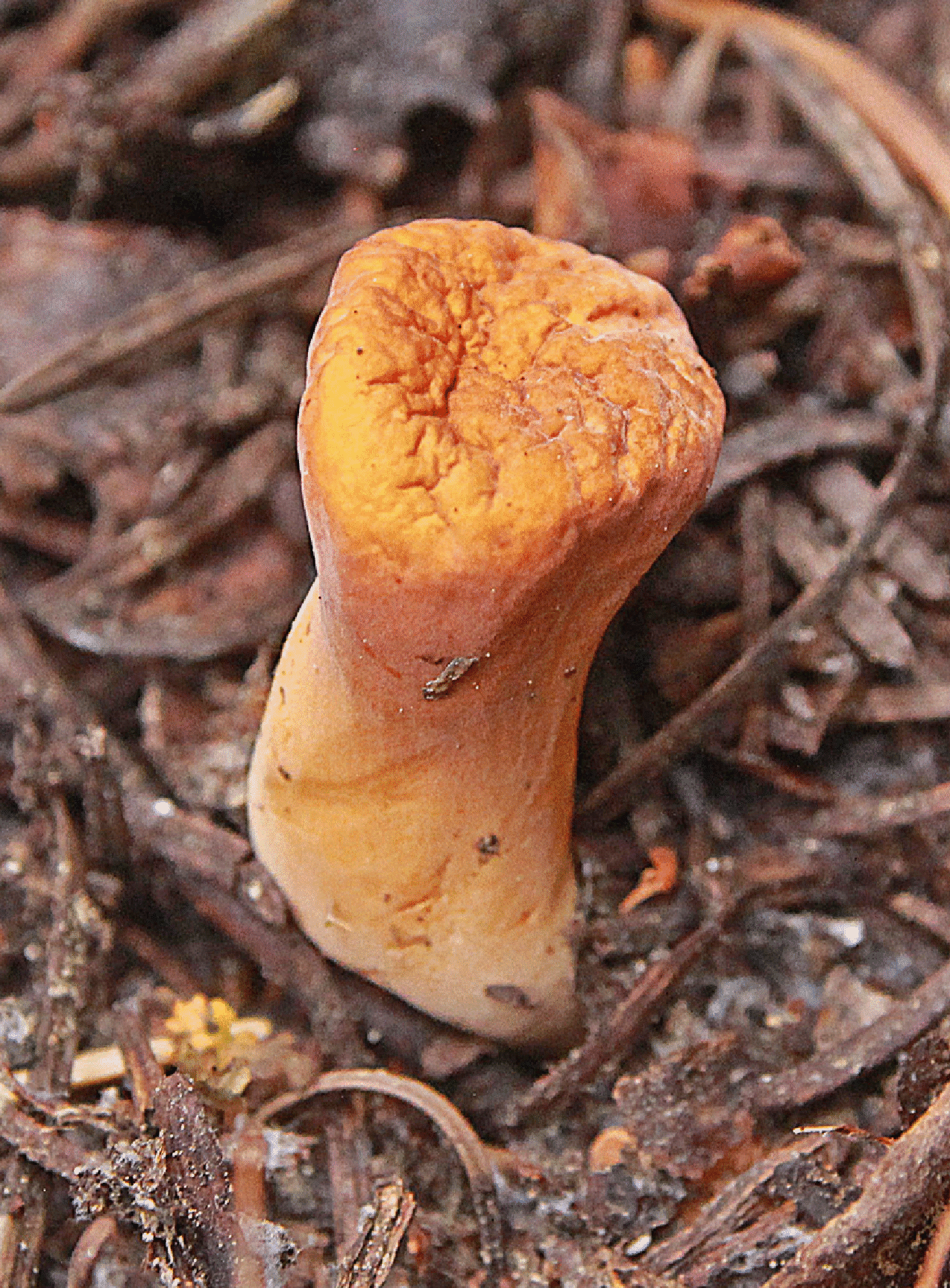
Microstoma protractum (or Rosy Goblet), apparently very rare. Found near the wilderness boundary on the Upper Salt Lick Trail (Wildernest area; about 9500 feet) on May 27, 2017, during a cold wet spring. These are very small: the flower-like example bellow is about a half-inch in diameter. The color is outstanding.
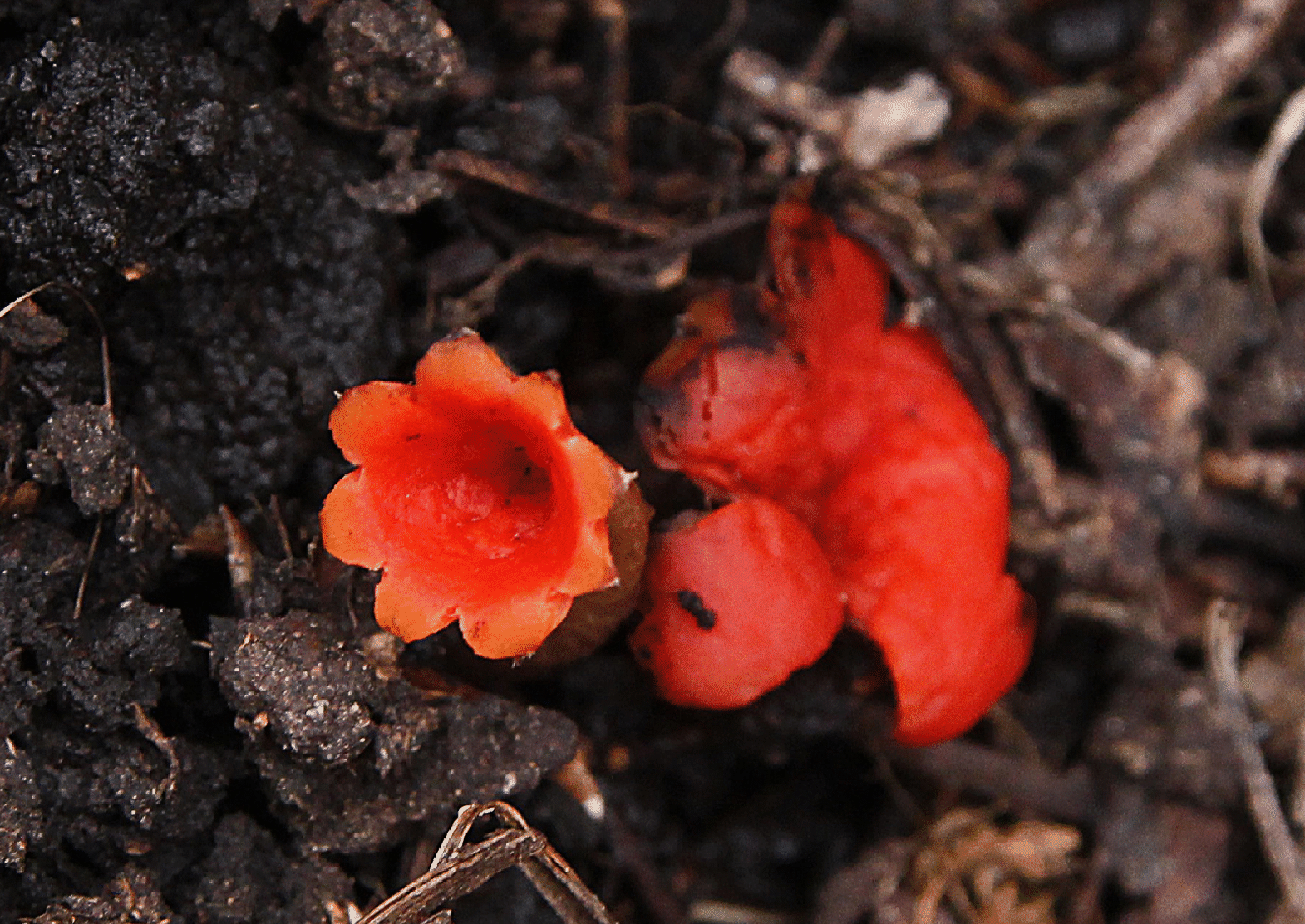
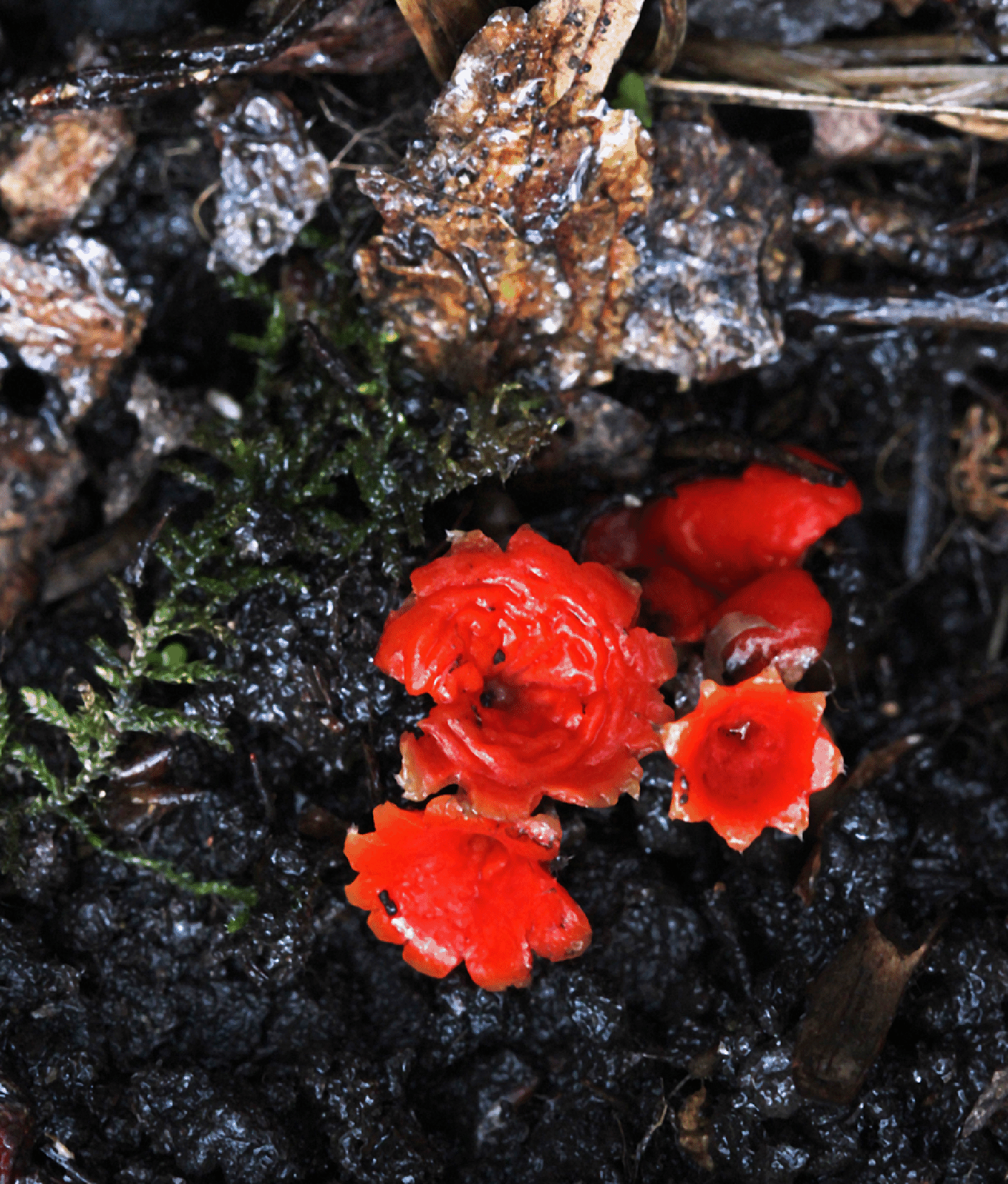
Hygrophorus subalpinus (or Supalpine waxy caps), found June 13, 2017, not far from the Ryan Gulch Trailhead at 10000 feet. These look a little like Agaricus Campestris, but are much more substantial and have totally different gill color. They also look like some Tricholomas, but again, the lack of an odor means they are not. They emerge near snowbanks, and there was indded some snow remnants nearby.
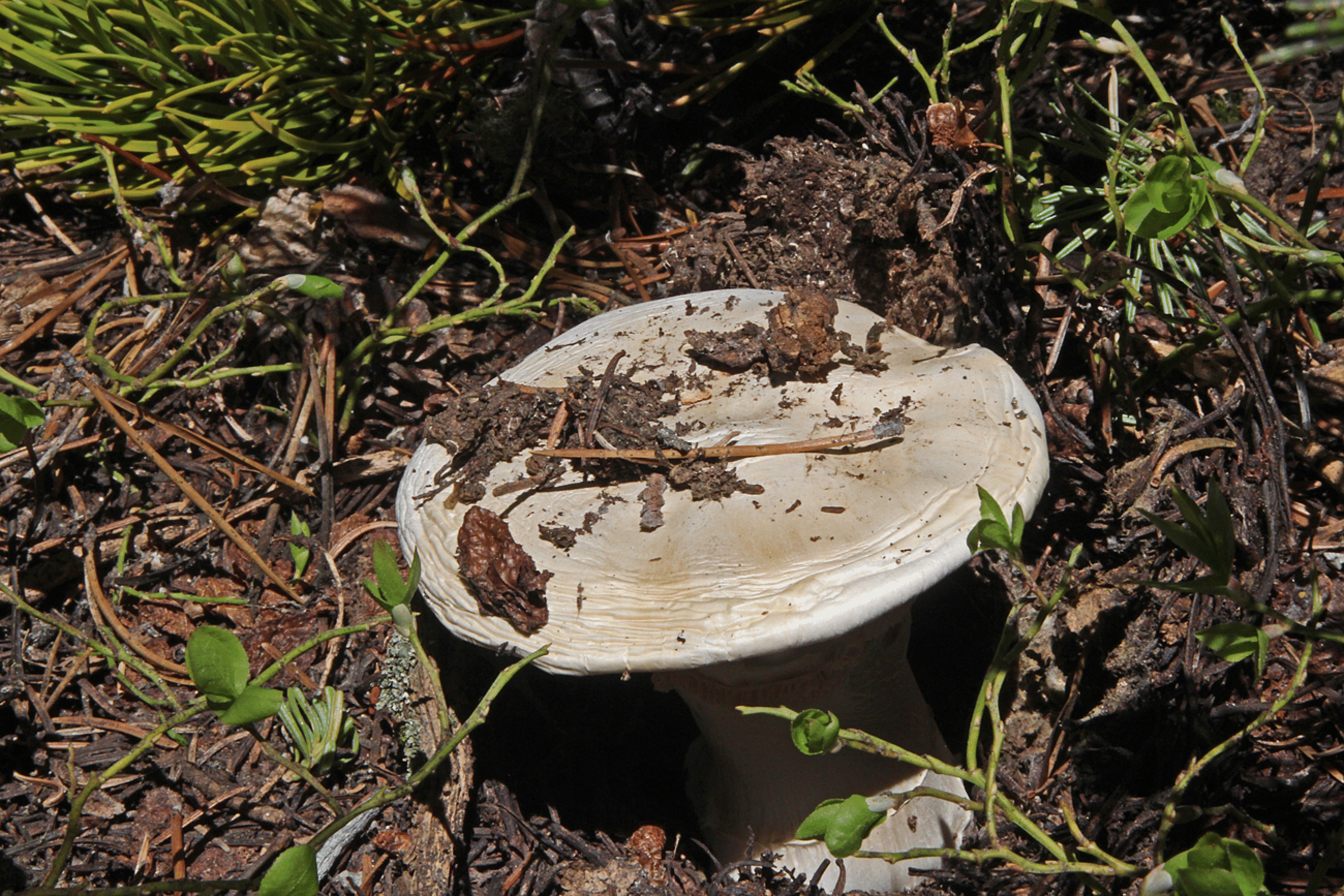
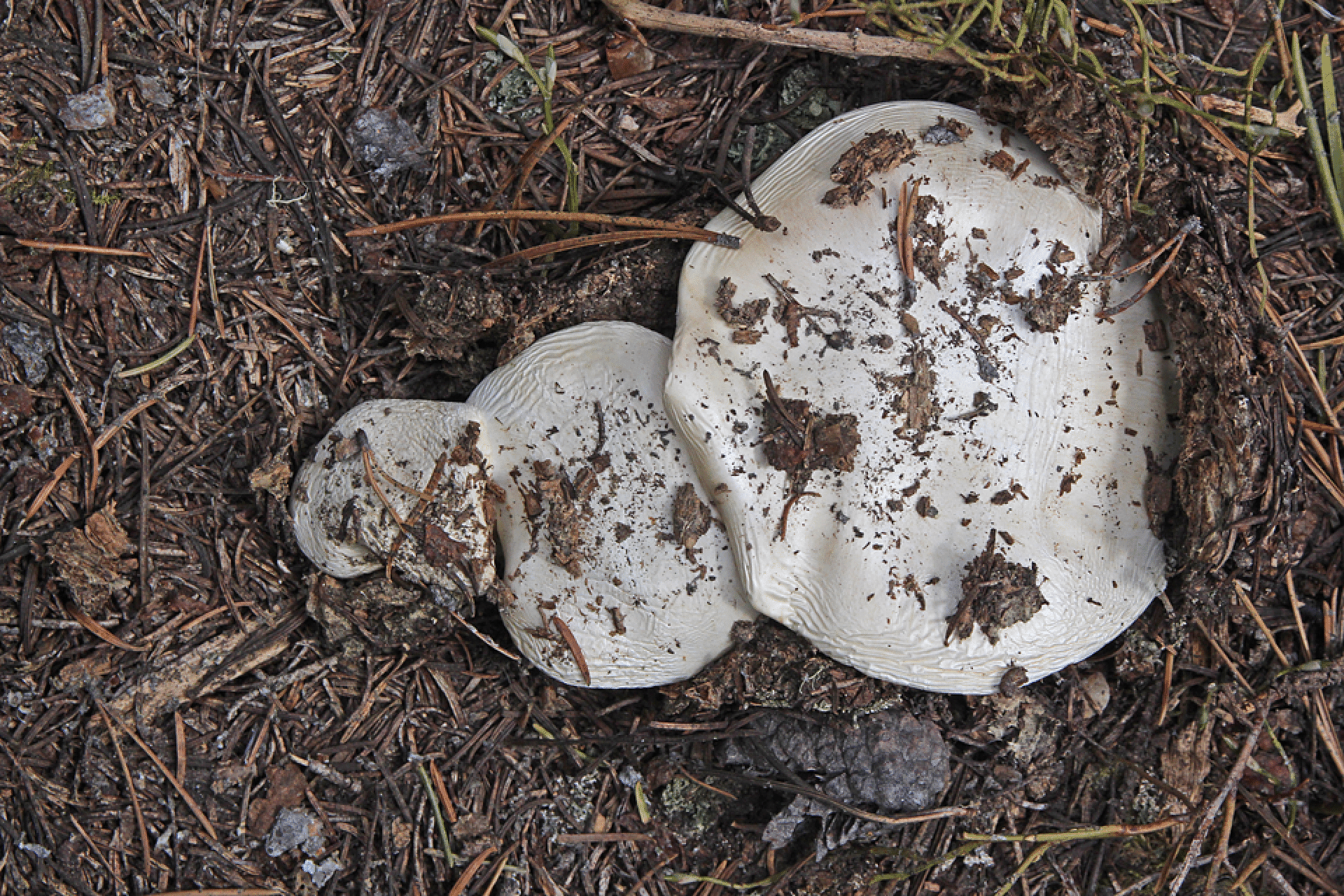
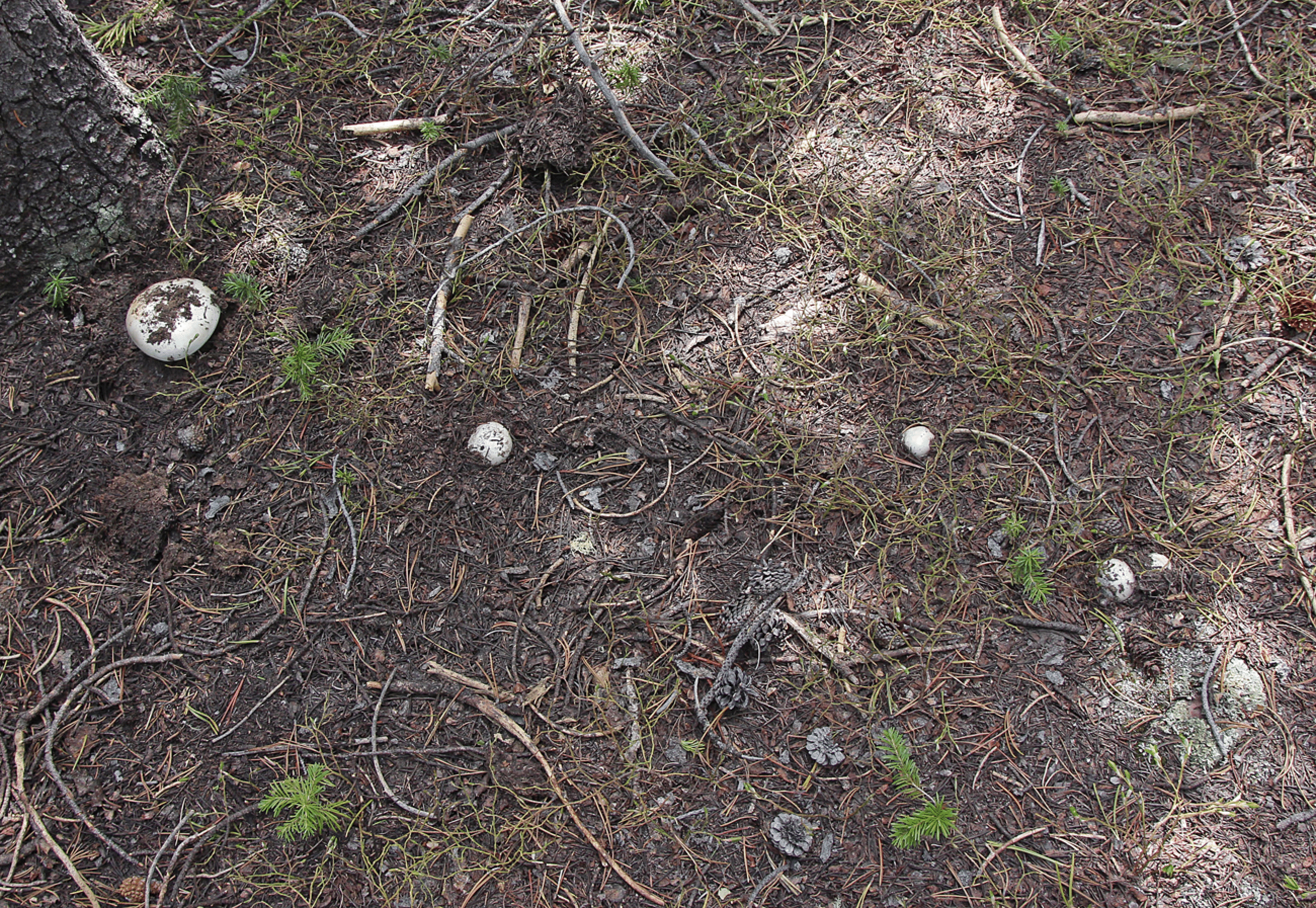
The following is not really a mushroom, but is pretty: Leaf lichen, Cladonia chlorophaea: (Aug. 15, 2017, Ruby Gulch, Montezuma, 11400 feet; second photo by Dan Schwalbe)
